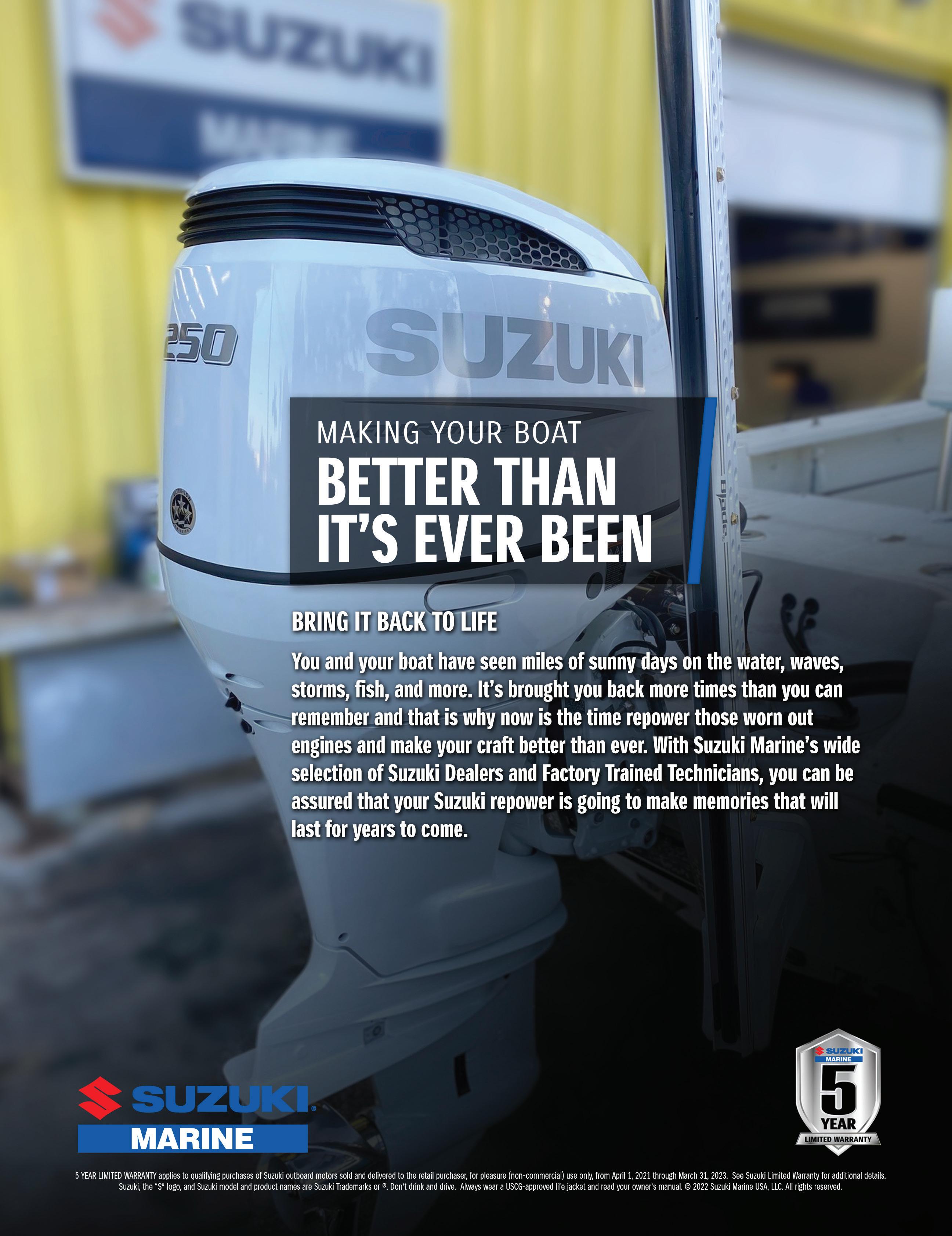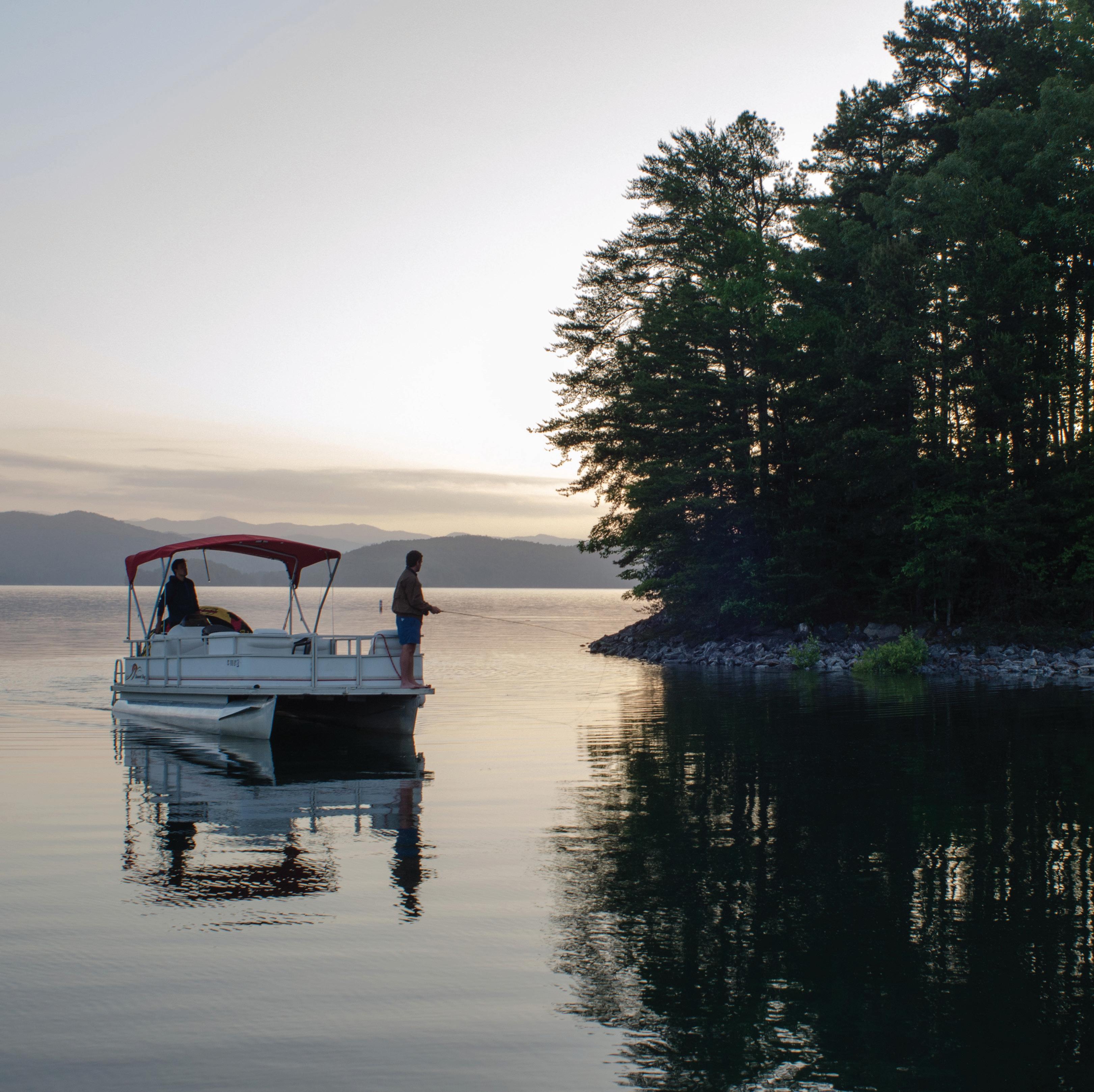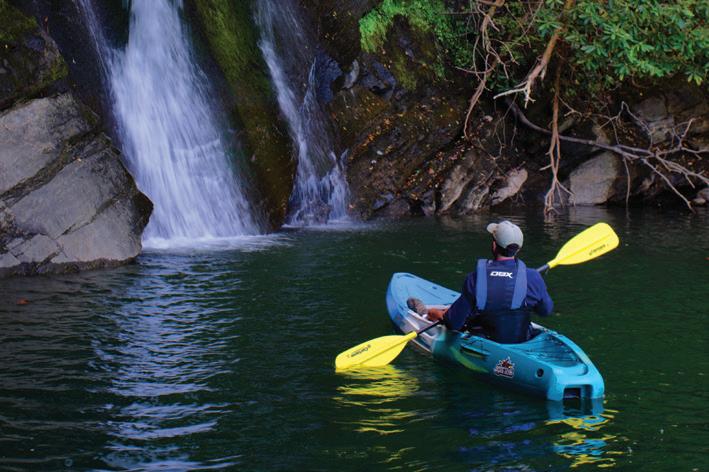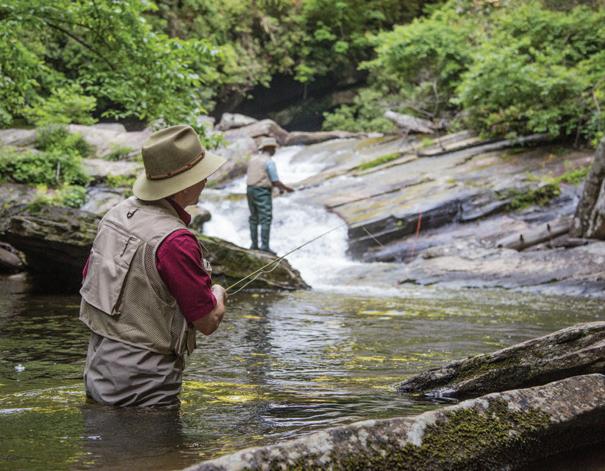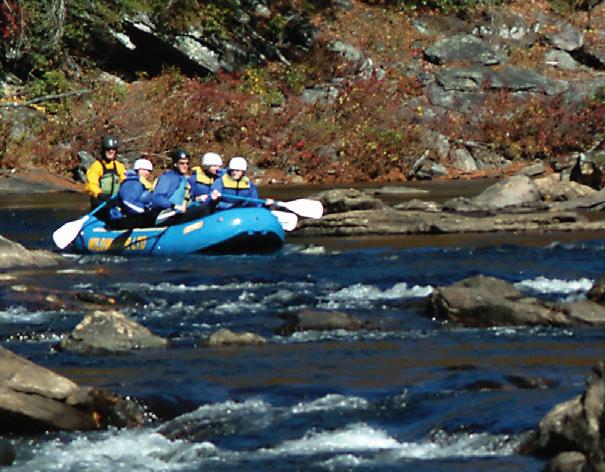




























































200-foot-deep structure.

Capt. Rick Croson, of Living Water Guide Service, showed Barefoot this bite for the rst time, and on that trip, they caught African pompano until they were tired of reeling them in as well as amberjack, dolphin and black n tuna. e widely accepted best way to catch African pompano is with a utter jig. However, Barefoot is never content with a tool or technique until he tries to nd a better way to do it.
“ ey are extremely susceptible to utter jigs, but the problem with those is the teaser assist hooks. We kept hooking them on the outside of the face with those wired stinger hooks,” he said. “With their thin, delicate skin, it’s tough to get a hook set. We were losing a lot of sh.”
e technique Barefoot settled on is to use his own 4-ounce Squid Decoy Jigs.
For most anglers, African pompano are welcome bycatch on bottom- shing trips for other species. But restrictive seasons on standard structure-oriented o shore species like grouper and snapper have made African pomps a primary target. In terms of gameness and quality as table fare, some might argue they belonged near the top of the list the whole time.
“ ey shut down grouper shing in January, and I’m not going to stop going o shore, so they’re the next likely candidate,” said Coastal Angler’s own Capt. Tim Barefoot. “ ey pull hard, they bite and they taste great. I’d put them
up in the top ve of my favorite sh to eat.”
African pompano school up on nearshore and o shore structure in late winter and early spring on the Atlantic and Gulf coasts. A couple of years ago, Barefoot was introduced to a ridiculously good bite for 15- to 45-pounders out of Wrightsville Beach, N.C., and what he learned might help you dial in the bite where you sh.
Cold water consolidates African Pompano to their comfort zone this time of year, and out of Wrightsville Beach anglers nd the magic 65- to 67-degree temps 45 to 60 miles out on 120- to
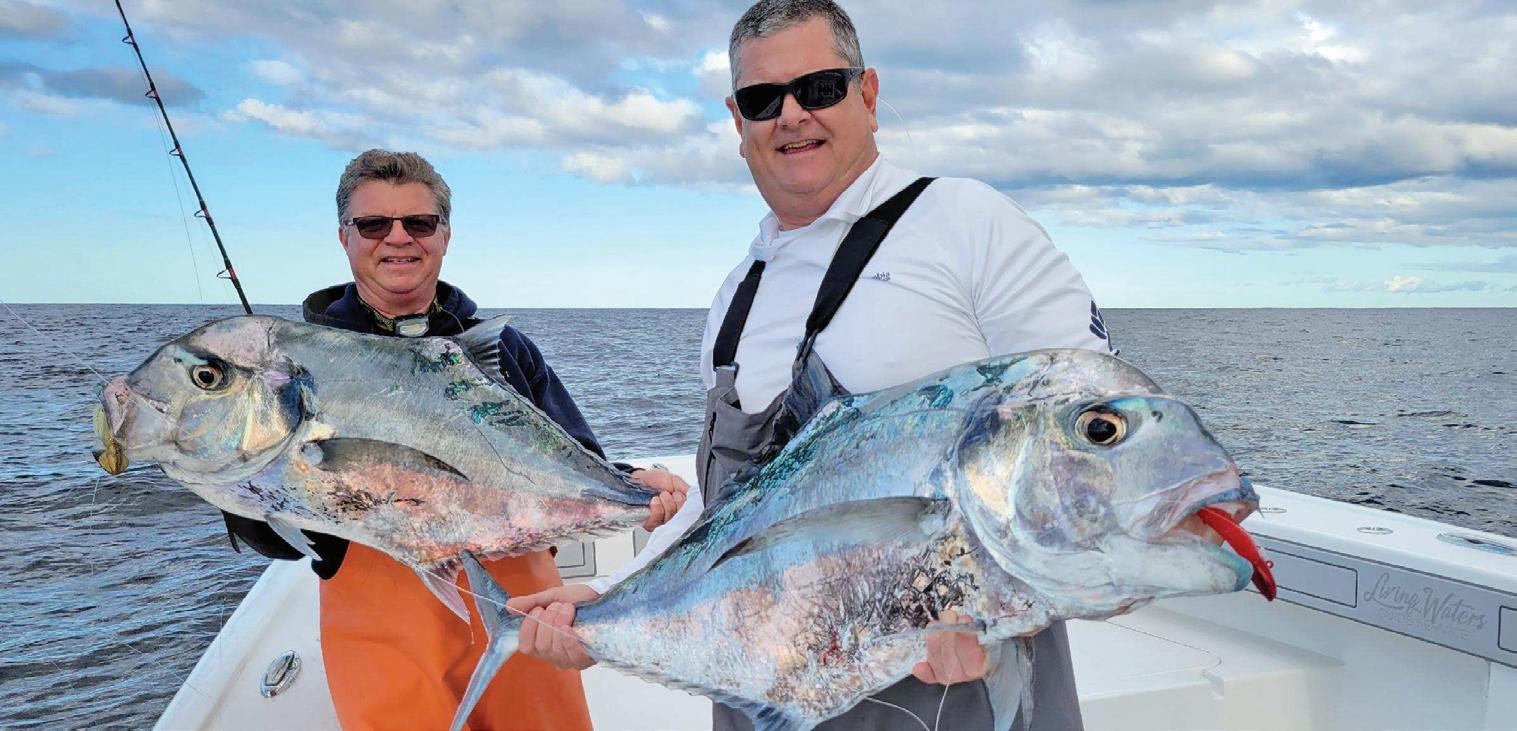
“African pompano are very close to the bottom,” he said. “We drop that squid down to the bottom and pull it up just a few feet. Sometimes you can just set it in the rod holder and wait for it to get slammed. Sometimes you might want to give some action, but don’t overdo it. Squid are their primary food source. When they see it, they’re not shopping… they’re buying.”
Barefoot uses 40-pound braid to an 80-pound uorocarbon leader. He ties on his jig with a loop knot. e thing about squid is sh always attack them from behind to disable their beak. Barefoot said sh take the squid jig deep, and the result is a solid hook set in the mouth.
Find Capt. Rick Croson at livingwatersoutdoor.com and check out the Squid Decoy Jig at barefootcatsandtackle.com.
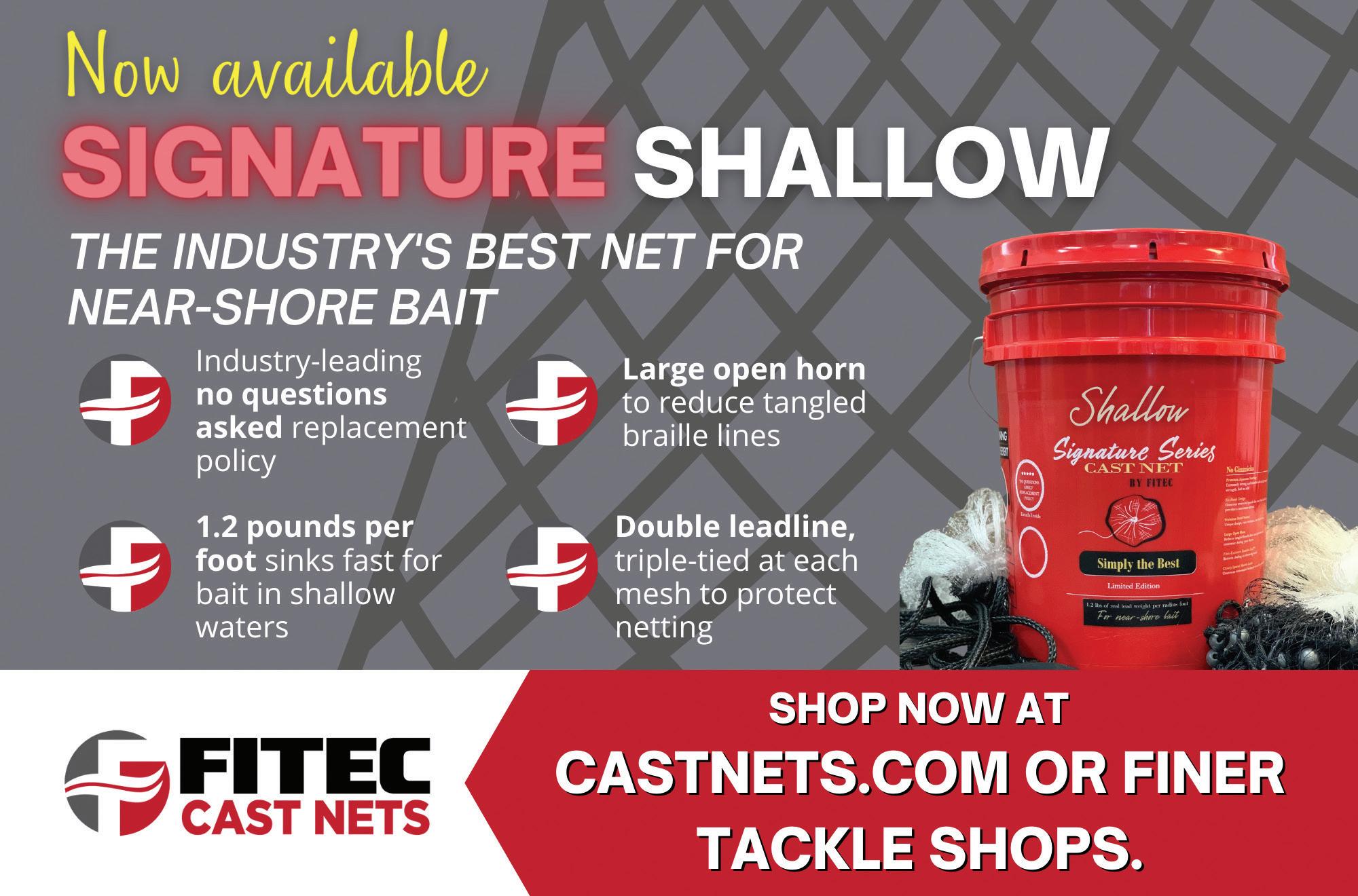
With big trout on my mind, I hooked up the boat and headed to deep south Texas. An approaching cold front was going to shorten my trip to a single day, but I felt con dent it would be worth the 5-hour drive. As the cold front swept across north Texas, my anticipation was high as I headed south to warmer temperatures and extra hours before the frigid air and high-powered north wind turned a nice winter’s day into artic conditions. e morning greeted me with calm winds and dense fog, which is not typical south Texas

weather 14 hours prior to the strongest cold front of the year. e norm is 25 knots from the south or southeast with a storm of this magnitude on the doorstep.
I headed to my pre-determined location at a safe speed considering the conditions. I was in no hurry, as the prime bite was not until 10 a.m. e forecast was sunny, calm and 70 degrees for the day, followed by north at 35 knots and a low of 28 the next morning. I was certain the approaching weather would have the bite red up, and it did not disappoint. e sh didn’t feed on everything
I tied on, but once I homed in on what they wanted it was nonstop!
I pulled up to a favorite cove, positioned the boat well outside the prime area and quietly slipped into air-clear, knee-deep water of the grass at. I had a 5-inch paddletail ready at the end of my rod. A er covering the prime area with only one follow by a small red, it was time to change. I downsized to a 3.25-inch paddletail with a light purple back and a pearl belly. As I looked up a er rigging my lure, I spotted a huge trout about 5 yards in front of me. She was there for several seconds and then slowly disappeared. I knew she was aware of my presence even though she didn’t spook, and I didn’t have high hopes of catching her, but I did try. I was excited knowing my plan had me in the area of the trophy-size trout I was targeting.
I noticed nervous mullet about 40 yards away and slowly made my way in that direction. It was nonstop action on reds in the 26-inch range, and I caught one 3-pound trout. ese sh were a little deeper in thigh-deep, crystal-clear water over grass and potholes.
roughout the day, I tossed three sizes of similar body-style paddletails, all with built-in tail rattles. e smallest, a 3.25-inch lure, was the only one that caught sh. I used three di erent colors, so it was only the size that mattered on this day under pre-front conditions. Although I did not land the big trout I was targeting, I am satis ed that I was in the right place and will go back soon.
Capt. Michael Okruhlik is the inventor of Knockin Tail Lures®, and the owner of www.MyCoastOutdoors.com.
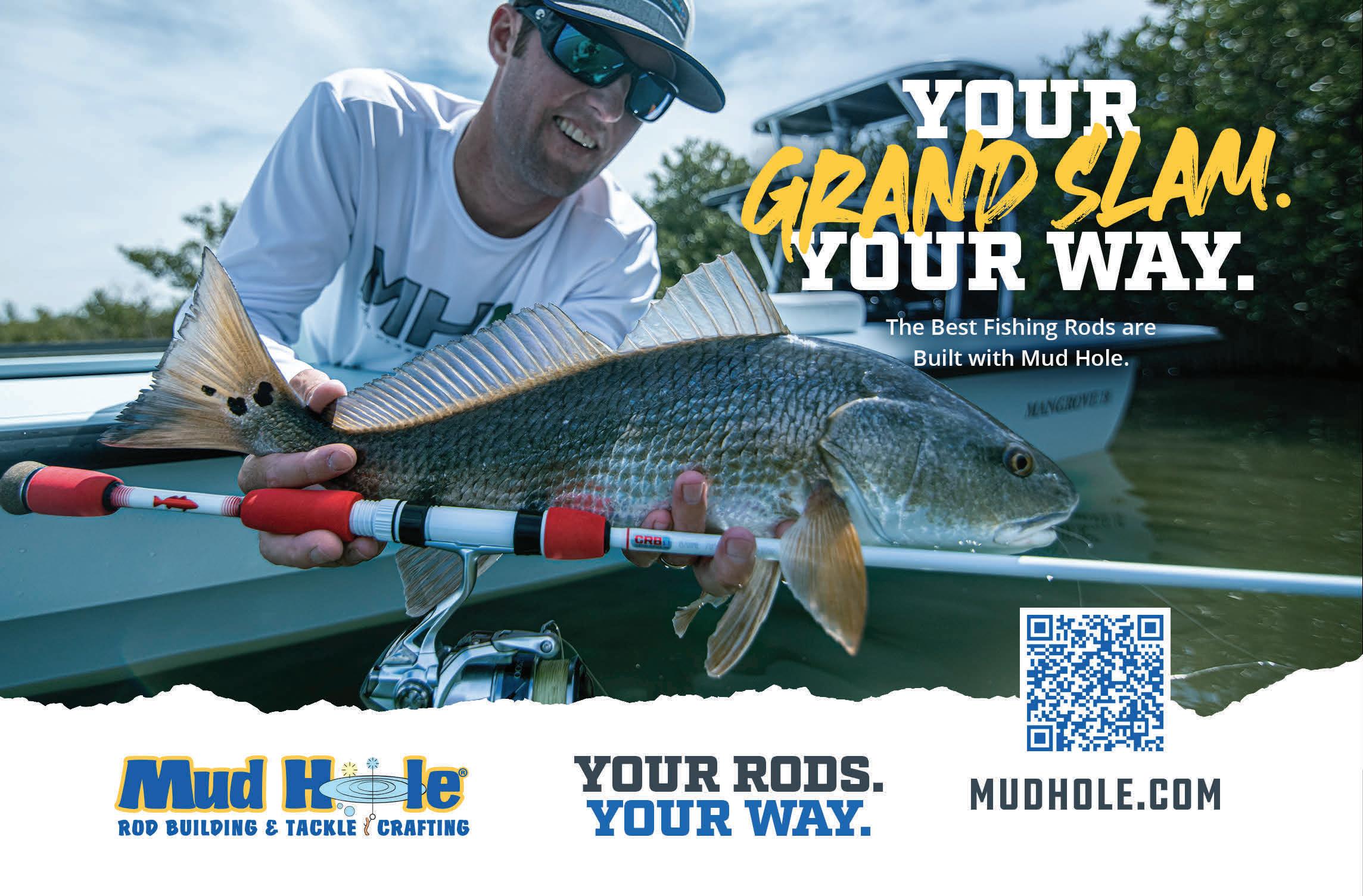
Some years ago, my girlfriend and I visited the Southwest town of Sedona. It’s a wonderful place. While jewelry stores, art galleries and upscale boutiques have crept into Sedona’s downtown, the air still maintains an electric charge. In one of these Sedona stores I acquired a Bowie knife that soon proved well worth the sticker price.
Disappearing into the stunning red rock formations that Sedona is known for, my girlfriend and I set out to hike Bell Rock, a butte just south of that famous desert town. We couldn’t have been happier.
Our happiness didn’t last long. Before we knew it, we stumbled upon a rather nasty diamondback rattlesnake. Acting quickly, I pulled my Bowie knife out of its holster and gave Mr. Snake a quick shave. We were lucky. Not only did my skill with a knife ensure our safety, but I had the makings for a new rattlesnake belt.



The next time something slithers too close, make sure you’re prepared with the Diamondback Bowie Knife. This 12" knife comes with a high quality 420 surgical grade stainless steel blade. The handle is made of genuine natural bone that’s been hand carved in the pattern of a diamondback. Completed with brass handguards, spacers and end cap and accessorized with a genuine leather tooled sheath, this is one blade a mamba won’t want to mambo with.






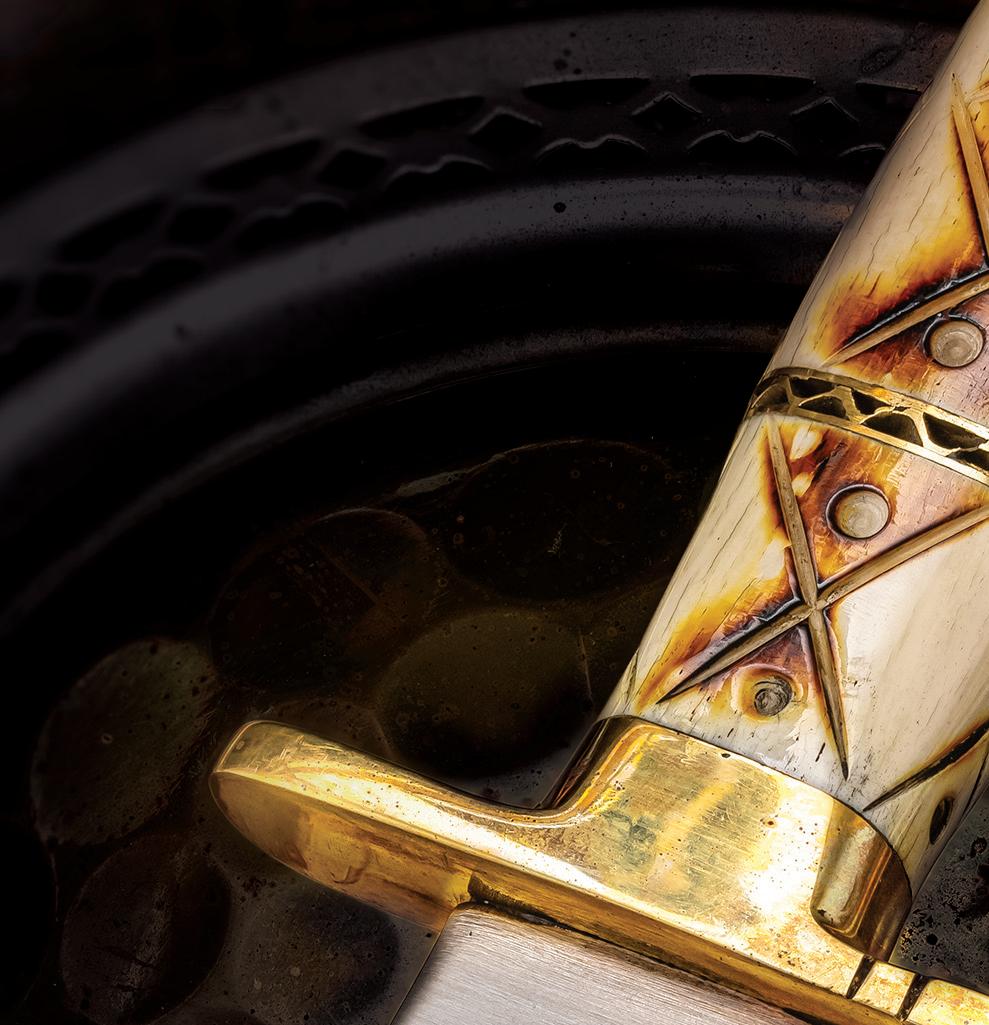

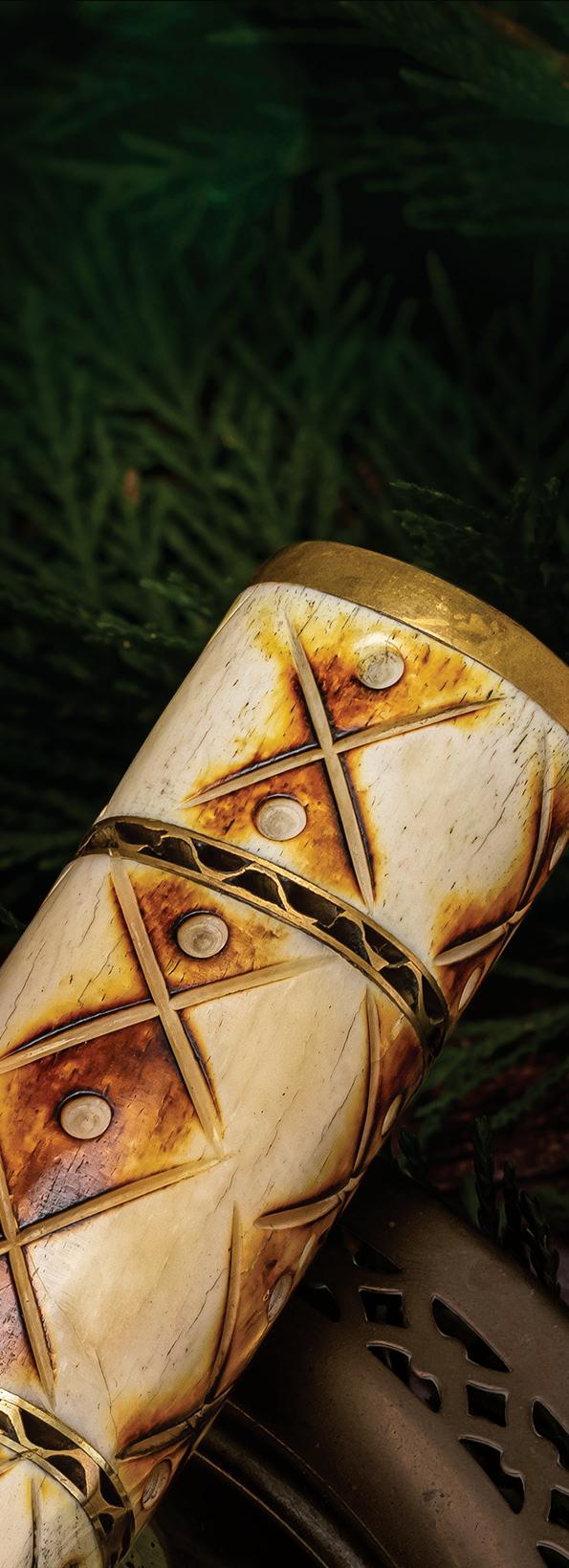
What’s more, while supplies last, we’ll include a pair of $99 8x21 power compact binoculars FREE when you purchase the Diamondback Bowie Knife. Simply put, this offer is an incredible bang for your buck. Act now: We only have 271 knives left for this ad! For your next adventure, don’t rely on some wimpy pocketknife to protect you from danger. Get the Diamondback Bowie Knife and come away with a story instead of becoming a snack.
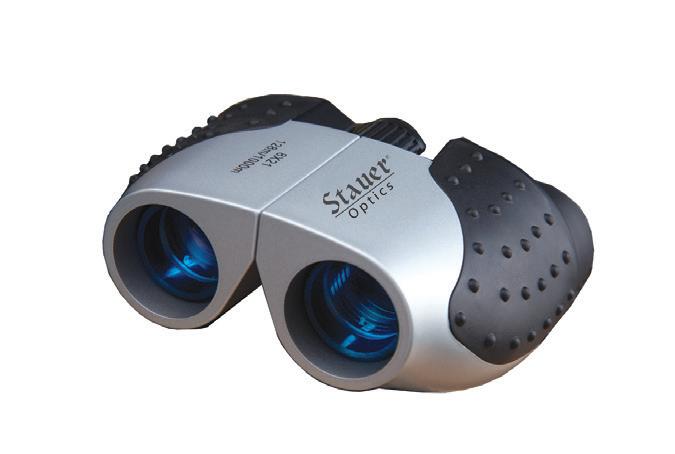
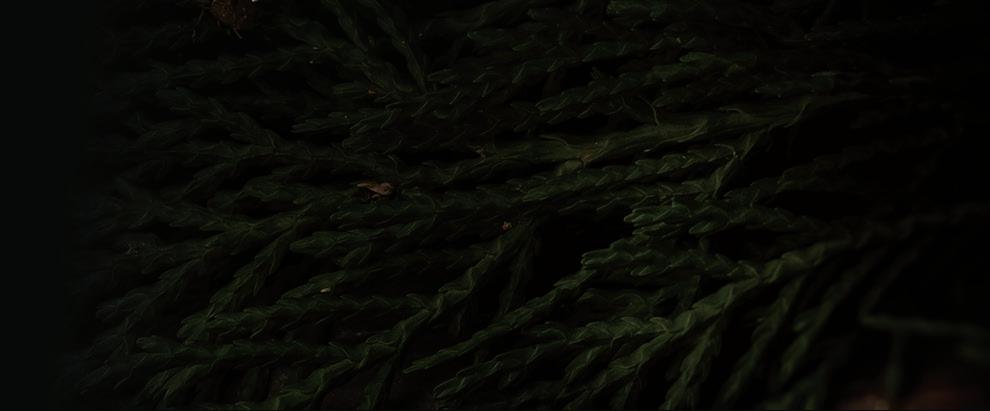

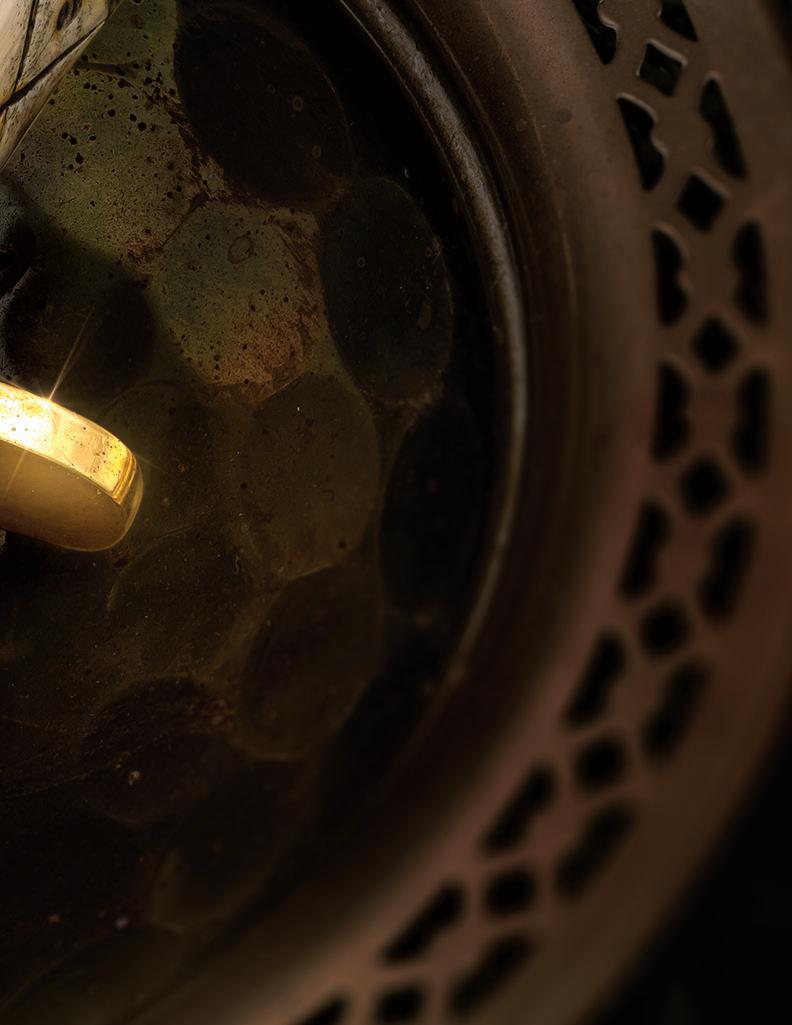



Asingle-handed y rod, which you might refer to as a “normal” y rod, is the tool of choice for most anglers seeking trout or other species on our inland rivers. But I’m here to tell you there’s a revolution building steam. Don’t be surprised when someone on your local river shows up wielding a two-handed spey rod. ese long rods are gaining popularity because they o er certain advantages.
For centuries, two-handed spey gear has been used only in pursuit of big anadromous sh such as salmon or steelhead on the huge coastal rivers of many continents. However, in the last decade or so, micro or trout spey rods have found their way into the hands of anglers. is smaller trout-sized spey gear opens the door for shing areas and for species that inhabit some of our beloved rivers and mediumsized streams.
If it lives in moving water, it can be caught with spey gear. Trout, of course, are the main quarry, but other sh such as smallmouth, spotted bass, largemouth, white bass and stripers are also fair game. Smaller-sized spey rods in 4-, 3-, or even 2-weight sizes are extremely e ective tools for reaching sh in big water with dicey wading areas.

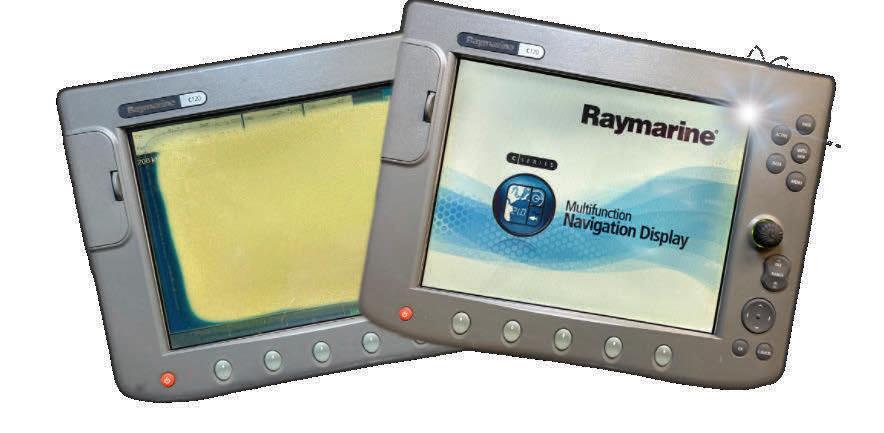
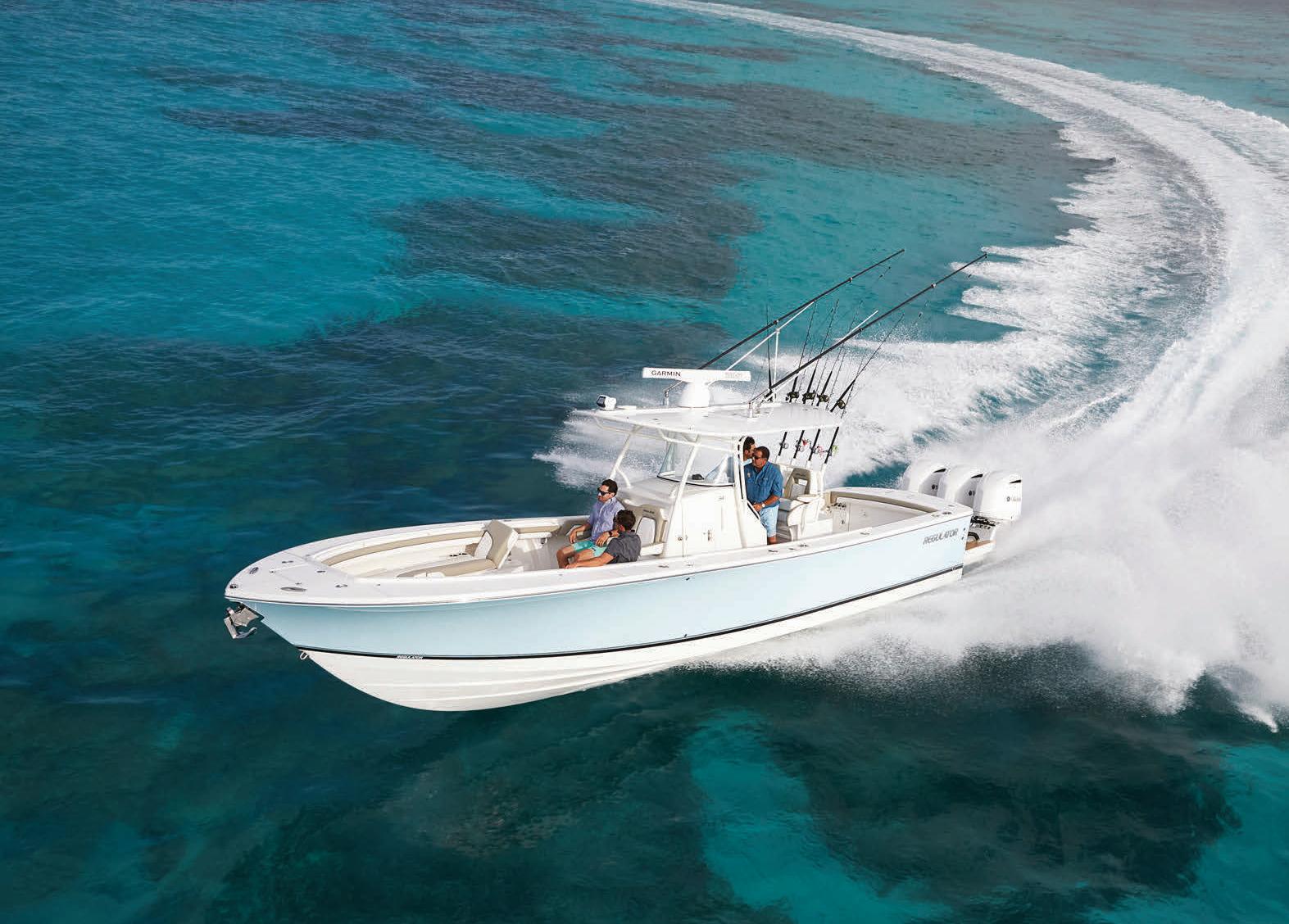
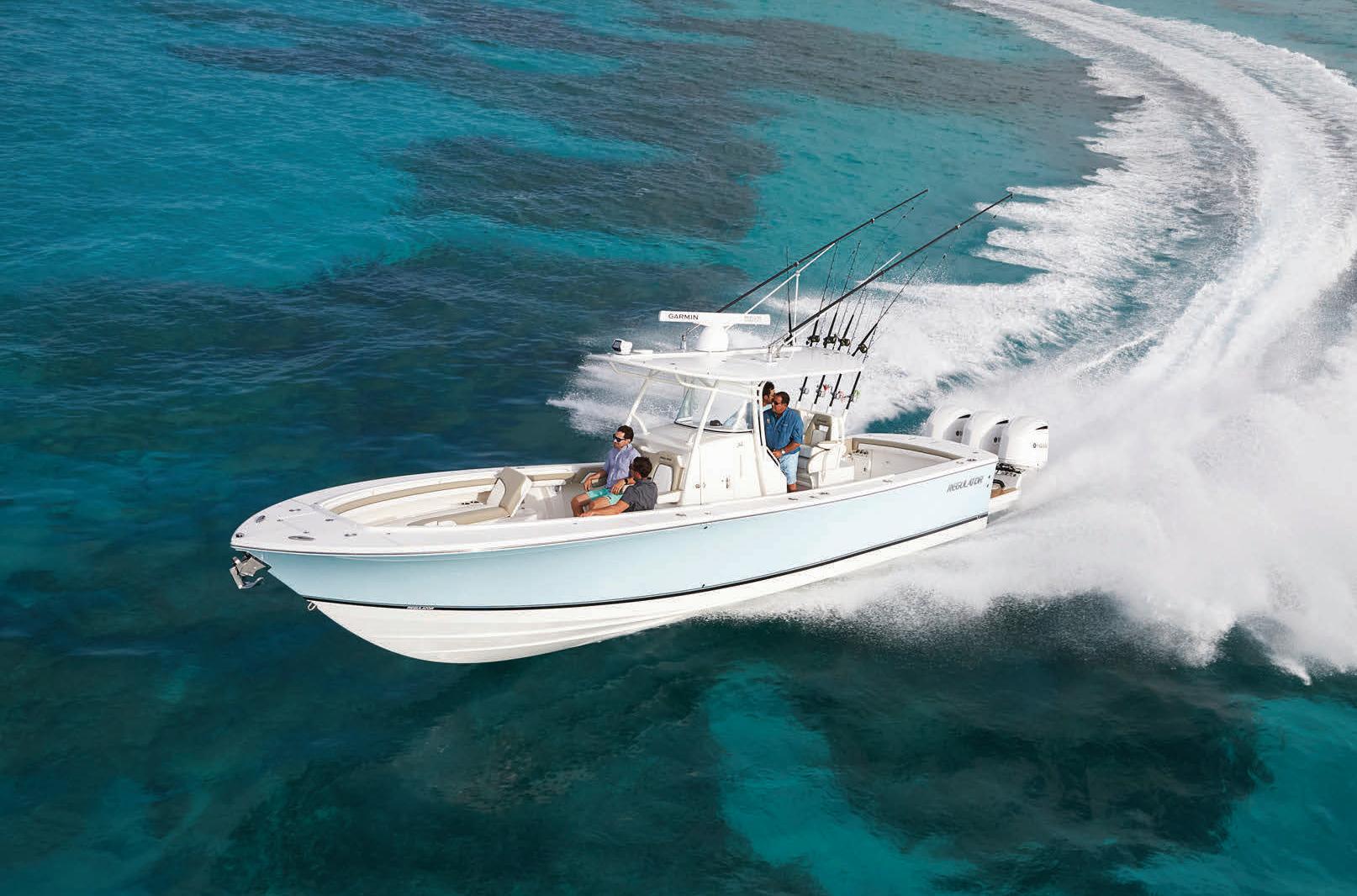

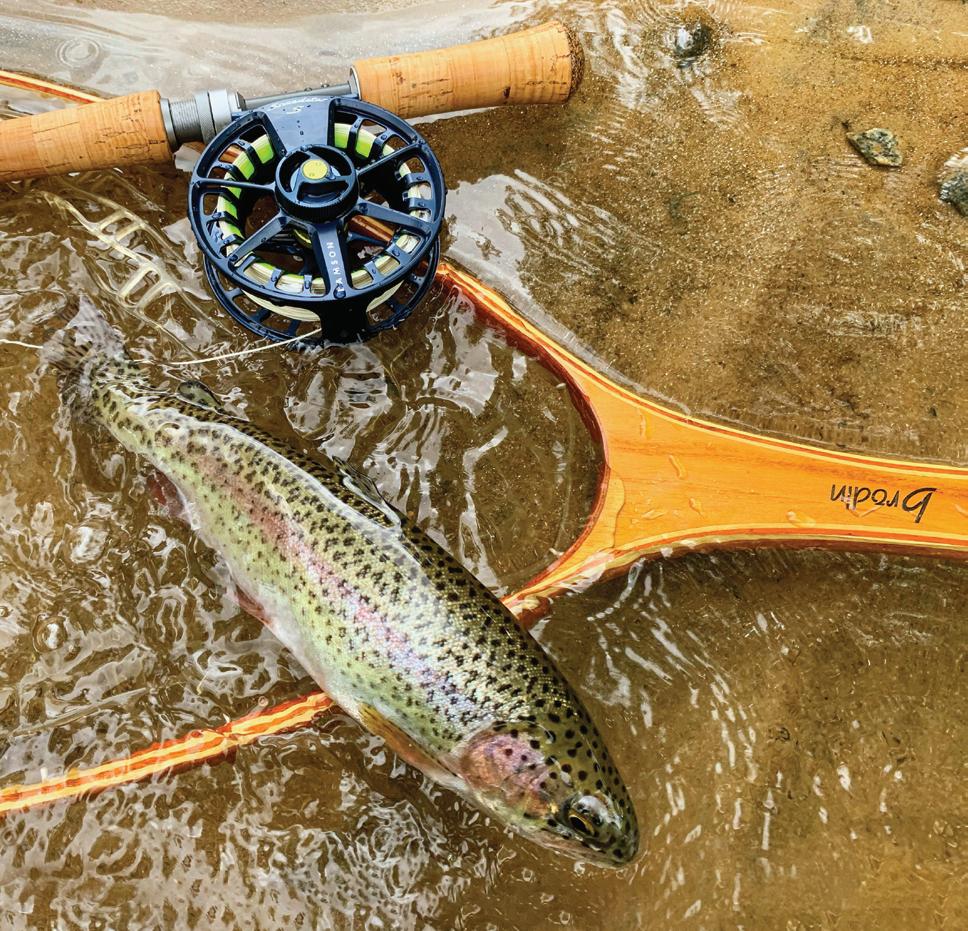
Besides being loads of fun to sh and cast, a spey rod is designed to launch ies into the next county with little or no back-cast room available. Most troutsized spey rods are less than 12 feet long, with longer rods up to 16 feet reserved for big steelhead or salmon. A 2-weight spey rod is similar to casting a 4- or 5-weight single-hand y rod. A 3-weight spey rod can handle ies in sizes that a 5- or 6-weight single-hand can cast, and so on.
Here’s the main advantage of two-handed gear: Easy casts of 70 or more
















feet can be launched from positions that are impossible with a single-hand y rod. Right now, the wheels in your head should be turning about places on your home river you have always wanted to run a y through but couldn’t reach.
Fishing is done down and across current to carefully swing ies through likely runs or holes, and the angler waits for the electric jolt of a trout or bass. Flies imitating bait sh, emerging insects, and even brightly colored Atlantic salmon or steelhead ies in smaller sizes are readily taken by sh. A well-tied y sweeping in front of a predator can draw a hunger reaction or a re ex strike in almost any condition.
Casting and shing micro spey gear is extremely fun and e ective. I hope you will join the trout spey revolution!


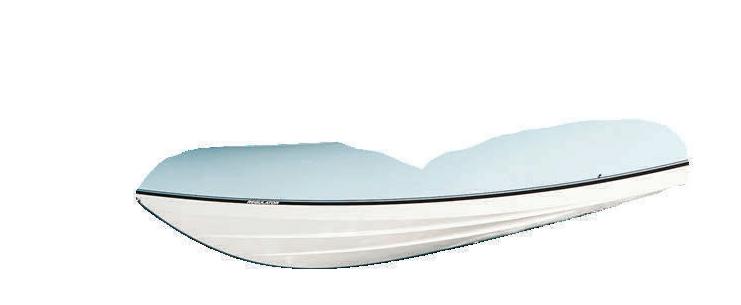

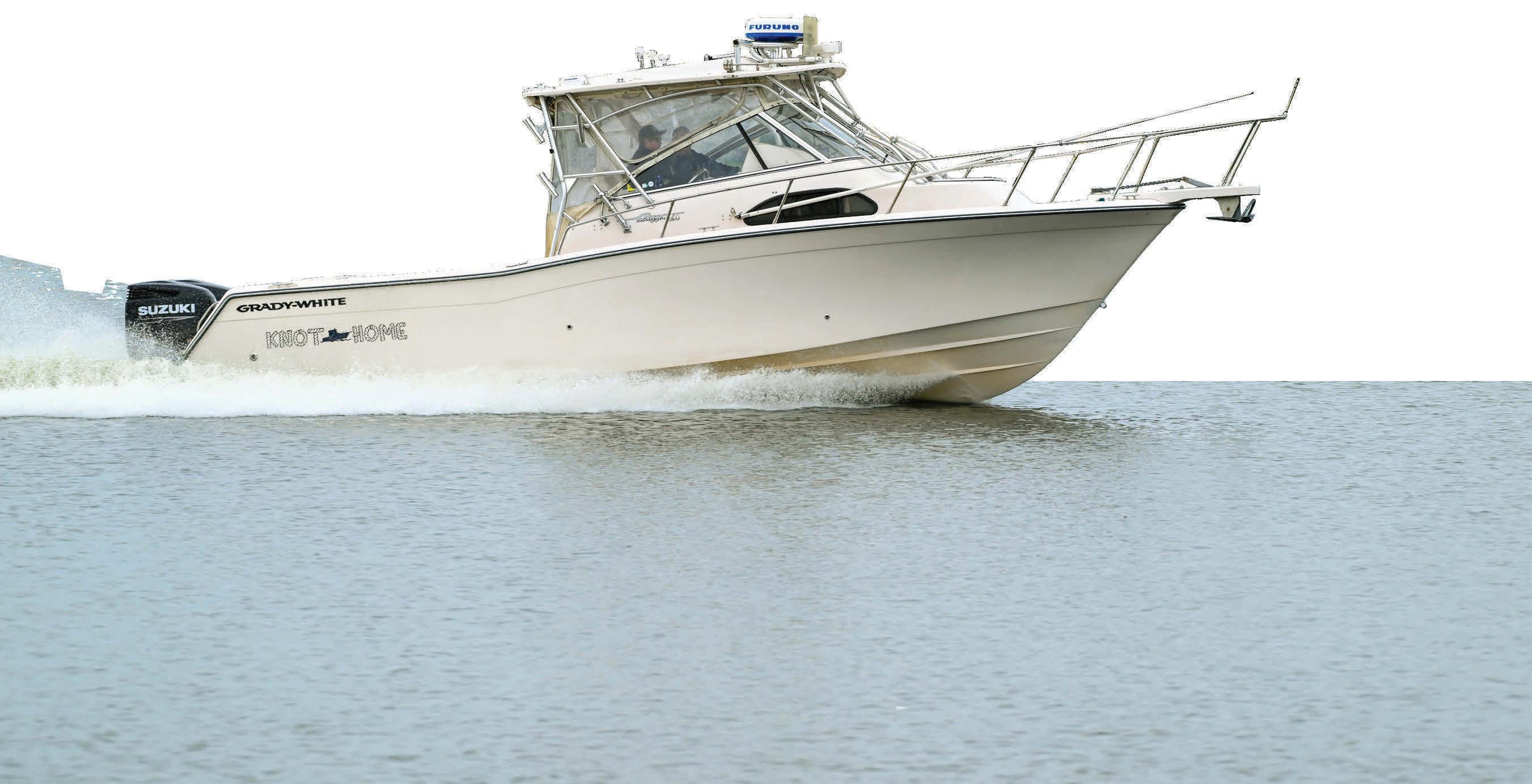






















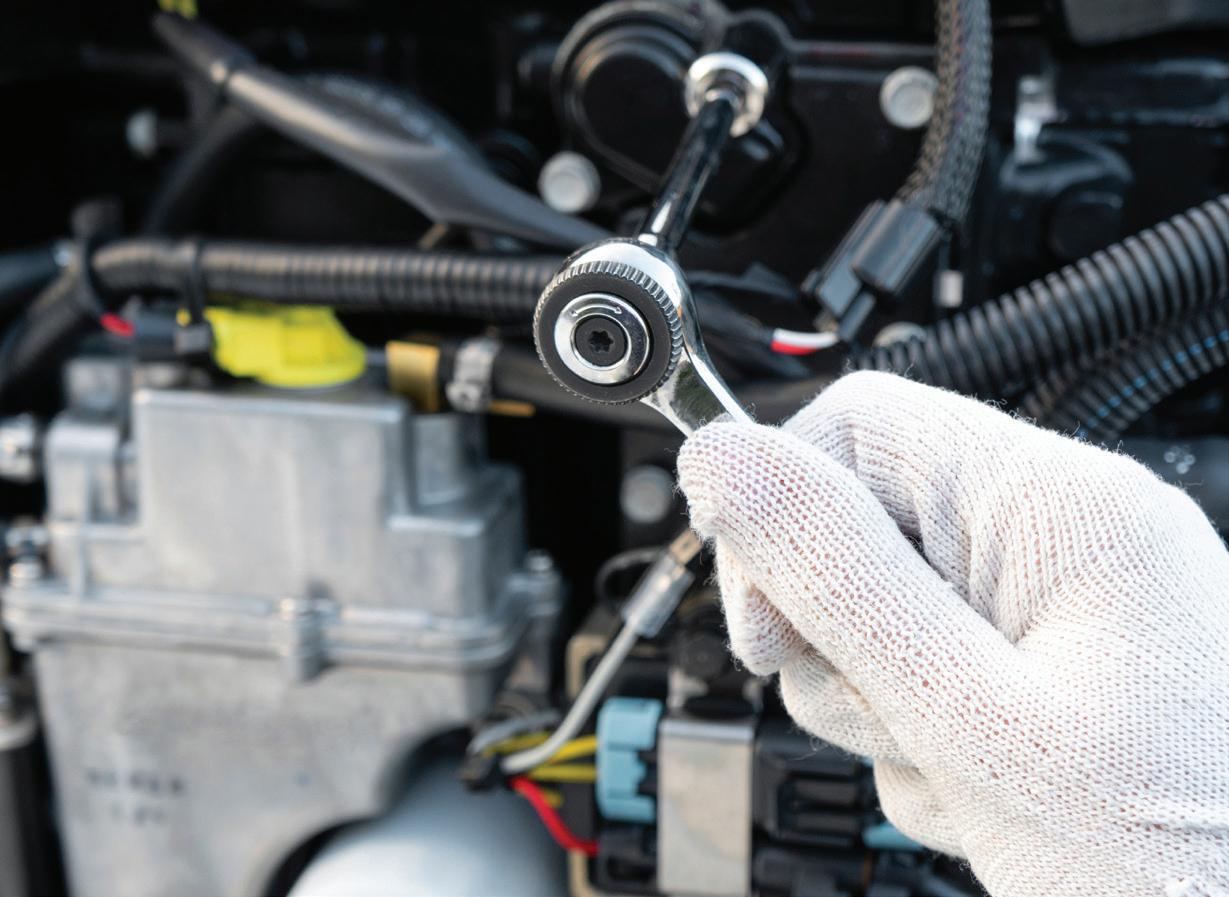 By CAM Sta
By CAM Sta

The Bassmaster Elite Series opens its 2023 season Feb. 16-19 with a stop at Lake Okeechobee. It’s the rst time since 2017 that B.A.S.S.’s top pros have competed at the “Big O,” and depending on the weather, most pundits are predicting heavy sacks from some of the world’s best bass anglers.
Last time Elite Series anglers descended on Florida’s largest lake in 2017, they also shed in late February. A monster 9-pounder turned heads as the big sh of the tournament. Alabama pro Tim Horton topped the eld with a four-day total of 83 pounds, 5 ounces. at’s a better-than 20-pounds-per-day average, which is strong for any shery, but it’s not as good as it gets for this historic big-bass factory.
Back in December, locals Jerod Boltz and Jon Bowman secured the 2022 Roland Martin Marine Center Series Championship with an awesome, nearly 30-pound nal day on Dec. 11. eir big sh of the day was an 8.15-pound Okeechobee giant. ey caught most of their sh on chatterbaits, an Okeechobee favorite, and spent some time shing speed worms and ipping cattails.
With two months separating the Roland Martin event from the Elite Series event, there’s no doubt some things will change, but Florida’s mild winters mean some things will likely remain the same. Okeechobee is typically primed for big sh in the month of February, and there might be some bed shing going on. “Big O” bass will likely be up shallow in all stages of the spawn.
As with any shery, weather patterns have a way of ruining the best laid plans. February fronts from the north are notorious for shutting down hot Florida bass bites in a hurry. Last February, Coastal Angler contributor Capt. Angie Douthit reported consistent action with spinnerbaits, worms and chatterbaits, and said they were also catching sh ipping and pitching.
For more information, go to www.bassmaster.com.


Technical schools charge tens-of-thousands in tuition. With the Mastry Suzuki RePower TTP (Technician Training Program), you will work with and learn from factory certified technicians and participating in the Suzuki on-line training course all while earning an hourly wage. After completing the Suzuki on-line training course and earning your Suzuki Certification you will be eligible for the Mastry Suzuki RePower Tenured Technicians Bonus Program.



Suzuki RePower Tenured Technicians $1-Grand-A-Month








After joining a Mastry Suzuki RePower Center as a certified technician, every month you will accrue $1,000 in bonus opportunity. After one full year of service you will be tenured and eligible to receive all 12 months of accrued bonuses, or $12,000. As a Mastry Suzuki RePower Tenured Technician along with your regular pay, each month you will be eligible for a $1,000 additional bonus.




At every Mastry Suzuki RePower Center, Certified Technicians are held in the highest regard. Join a passionate team of professionals with the common goal of excellence through constant improvement. With 12 locations across Florida there is a Mastry Suzuki RePower Center near you that wants to appreciate you and your abilities.

Mastry Engine Center
Clearwater, Florida 800-545-4574
Twin Screws Marine Fort Myers, Florida 239-330-3387

Innovation Marine Corp. Sarasota, Florida 941-355-7852
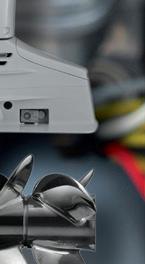



Marina One Deerfield Beach, Florida 954-421-2500
Bayfront Yacht Works Sarasota, Florida 941-349-9449
On Site Marine Ruskin, Florida 813-727-5403
Boat Services Group Key West, Florida 305-320-0555
McKenzie Marine St. Augustine, FL 32084 904-770-2488

Lou’s Marine, Inc. Gulf Breeze, Florida 850-932-0701
Atlantic Marine Store Hialeah, Florida 305-826-2202
Custom Marine Service Panama City, FL 850-872-9191


Oyster City Suzuki Apalachicola, Florida 850-653-8030

over to the other side of their head and they spend the rest of their lives looking up with one side of their body at on the bottom. ere are several species of ounder with overlapping ranges. Summer ounder are what northern anglers call ukes, their range in the Atlantic stretches from Nova Scotia down to Florida. Southern ounder inhabit the Atlantic coast as well as the Gulf of Mexico, while Gulf ounder can be found in the Gulf of Mexico from Florida to Texas. Southern ounder can be identi ed by their white underbelly and an absence of the ocellated spots the other two species have. ese spots resemble eyes, which are thought to trick predators. For southern ounder, males don’t grow much longer than 12 inches, while females can reach about 25 inches.
Southern ounder range from North Carolina to Texas, however, they do not migrate besides going o shore for mating and then returning inshore. While inshore, they prefer shallow muddy and grassy ats, where they hide on the bottom and ambush prey.
When the mating season rolls around in late fall and early winter, ounder migrate out of the passes. At the end of winter into early spring, all of the females and some males head back inshore.
Flounder can be caught with arti cial and live bait. Arti cial lures such as jigs, small swimbaits and spoons worked near the bottom can all produce sh. Small live bait works the best, with nger mullet being my personal favorite. Small pilchards, mojarra and mud minnows will also do the trick.
Light tackle is all that is needed to catch them. A small weight, 1-ounce, or so, with a short 12- to 16-inch sh- nder rig works best. A live shrimp on a jig head, such as a Troll Rite, jigged along the bottom can also work great and is a good way to cover more area with a live bait.
Some of the best places to nd ounder are on inlet rock piles and bridge or pier pilings. Cast upstream and work lures downstream, or let your bait dri downstream.
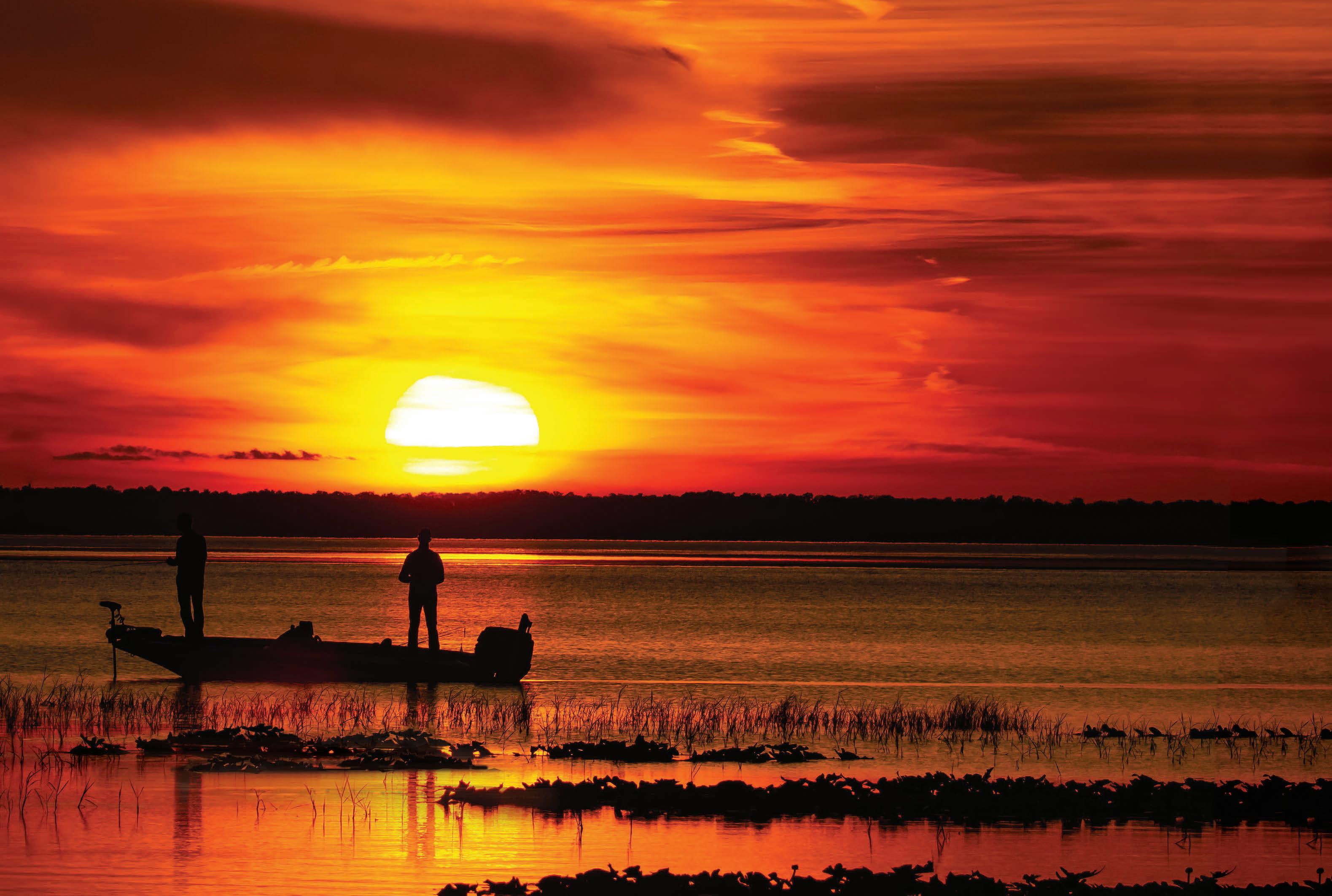
With the cold fading away, so will the ounder, but they return with spring. Many anglers believe the second cold snap is prime time, when southern ounder begin moving through the inlets. e timing varies greatly, but it can be gangbusters in the inlets if you catch it right. Even if you don’t, there will likely be some stragglers moving through.
Flounder are interesting sh. As hatchlings, they swim upright with eyes on both sides of their heads, just like most sh. As they mature, one eye moves
e IGFA all-tackle record for Southern Flounder is 20 pounds, 9 ounces. It was caught out of Nassau Sound, Fla.
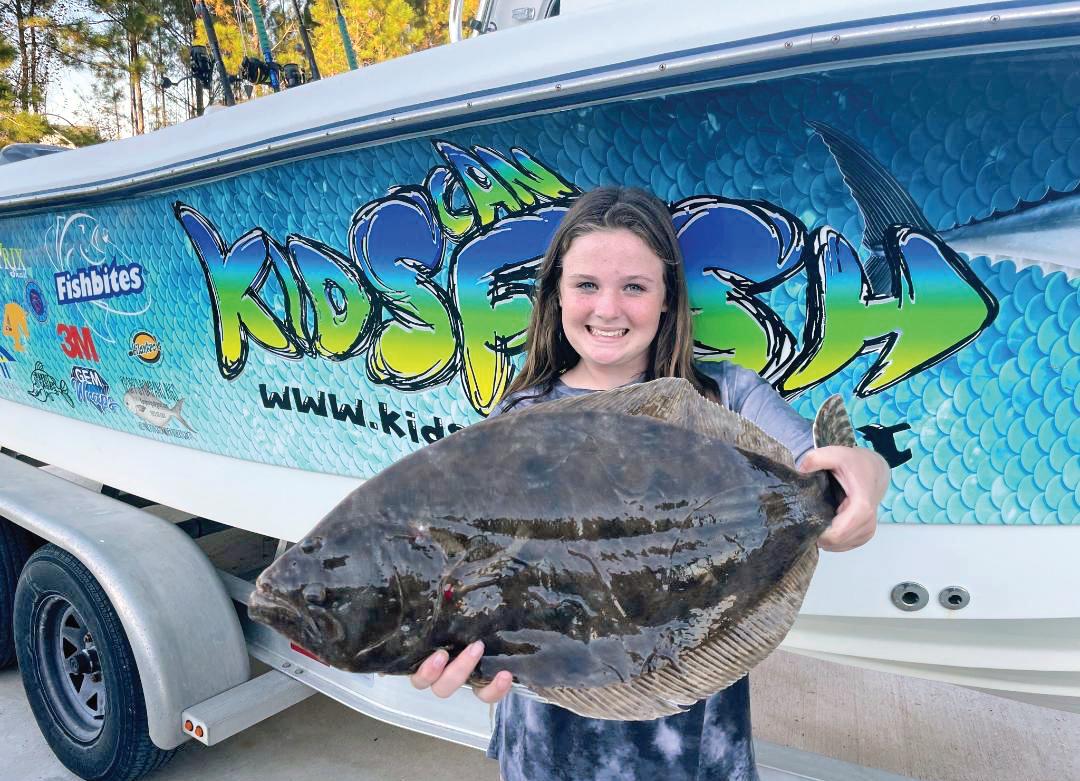
Emily Rose Hanzlik holds 56 IGFA world records in various categories. She hails from West Palm Beach, where she has a part time Bow n Guide Service as well as shing classes for Jr. Anglers. Find her on Social Media @emilyhanzlikoutdoors.
It’s 8:17 p.m. Been out on the lake for hours.
But there are more fsh in the water.
And my LBP batteries are still going strong. Maybe One More Cast . . . the offcial battery of “One More Cast...”



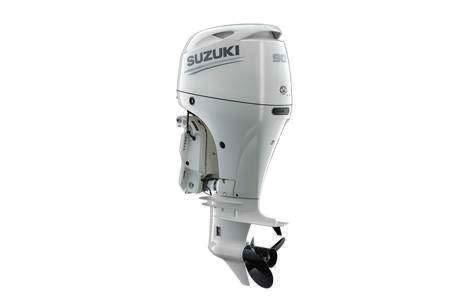
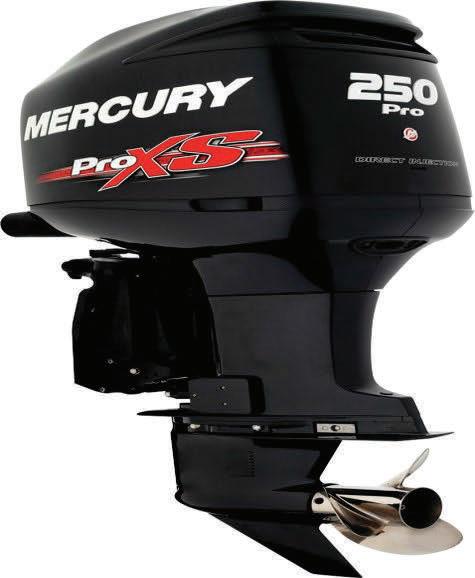
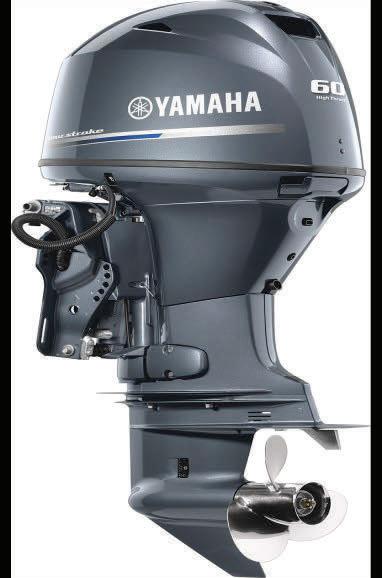

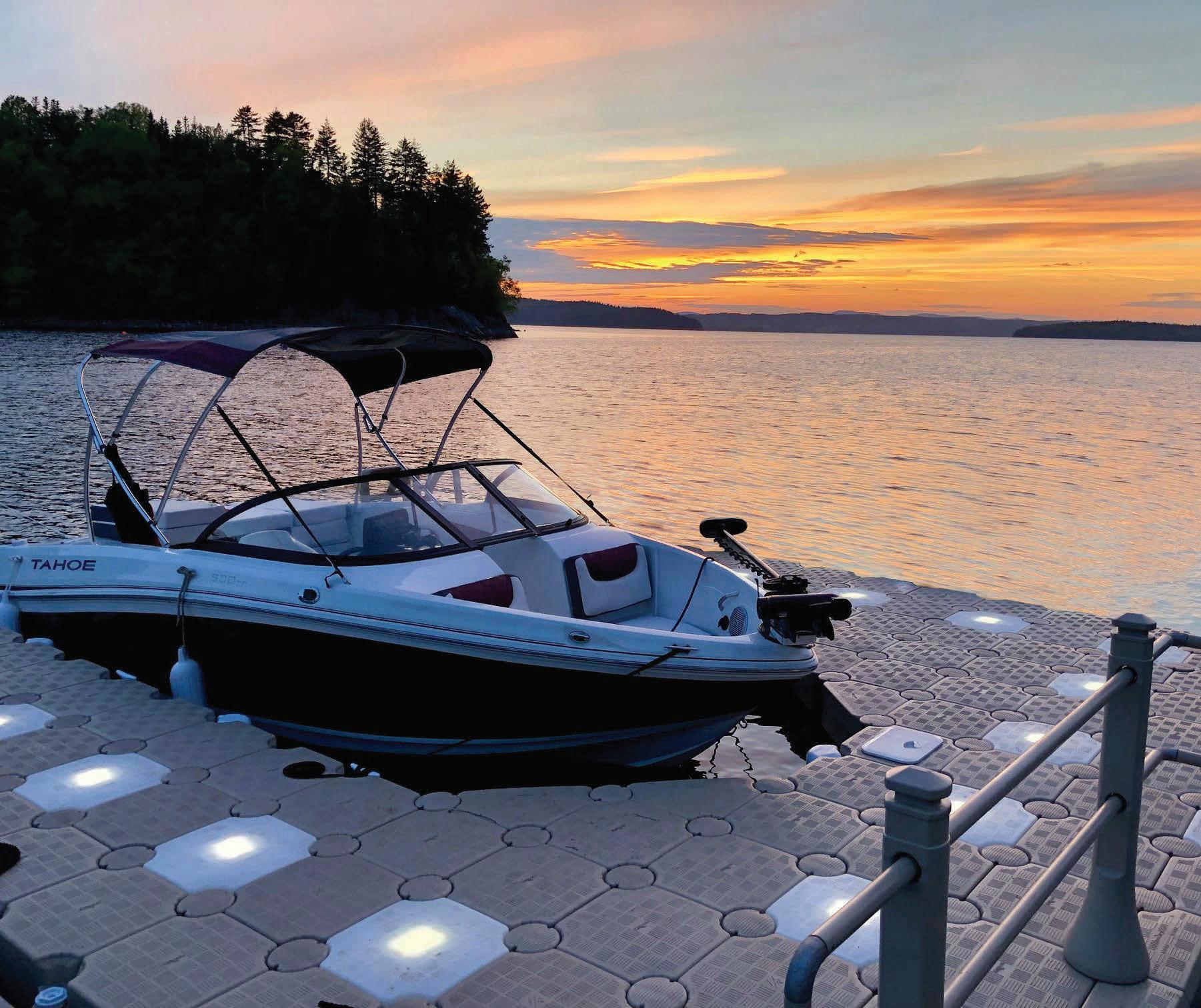


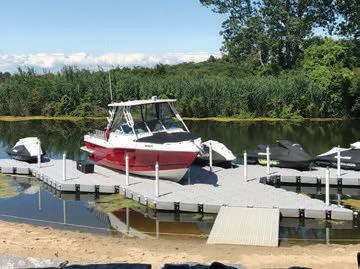
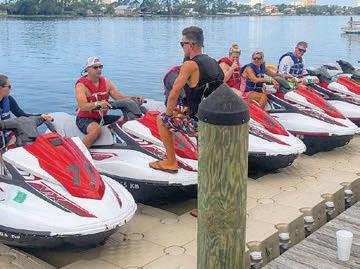
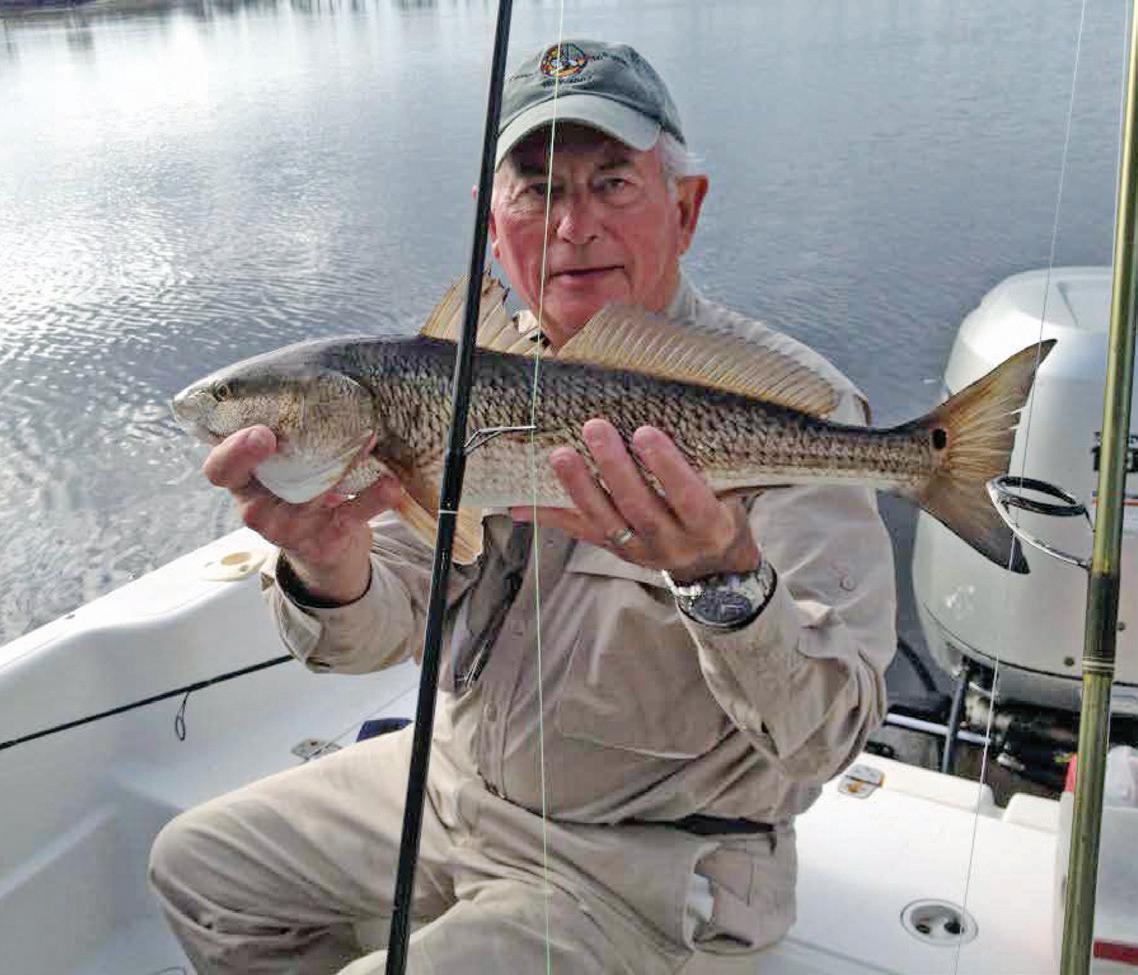
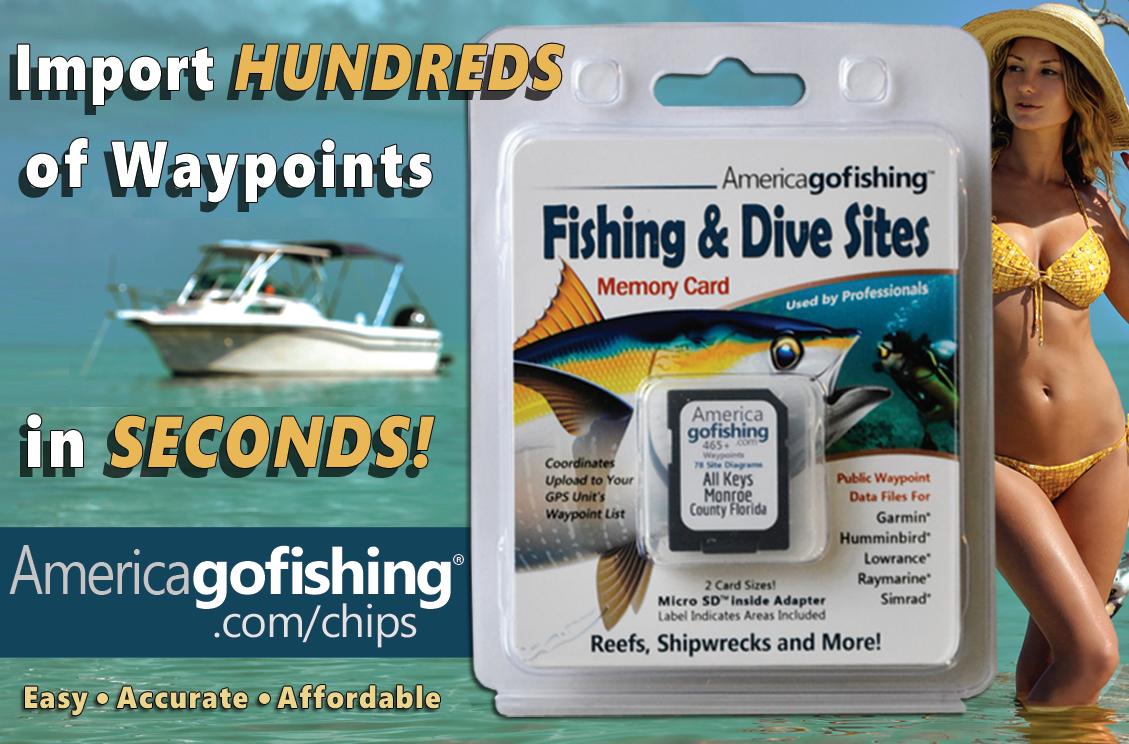
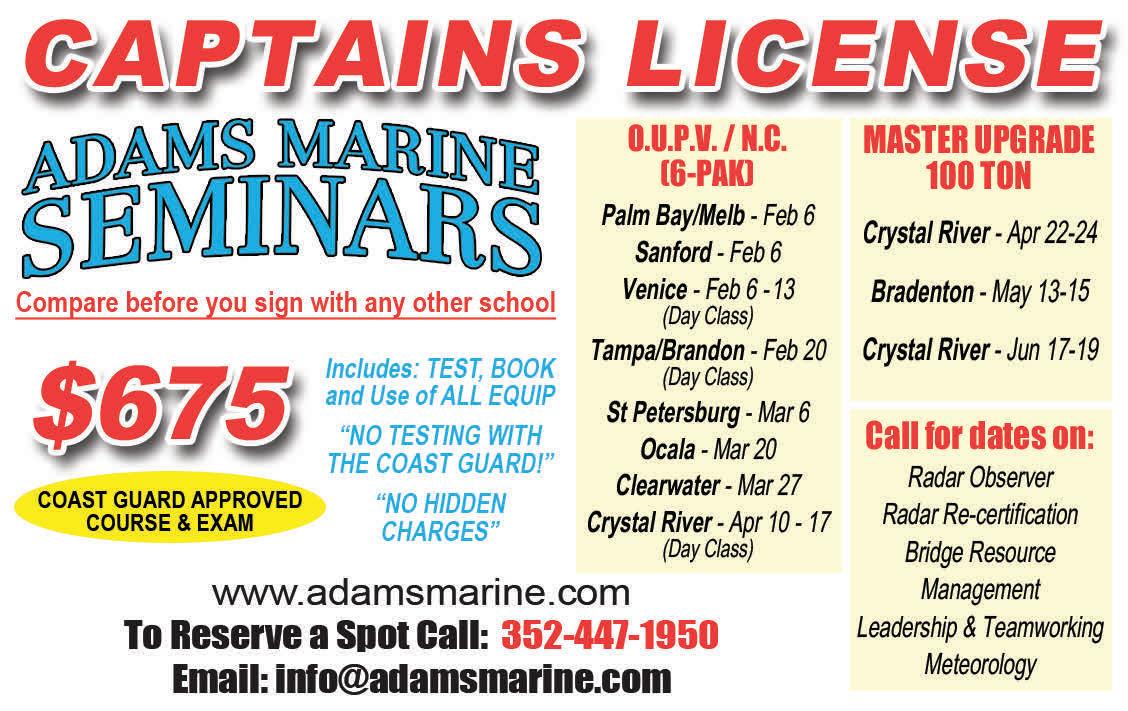
Overall, fishing has been good in the Bay area with plenty of redfish, trout and sheepshead being caught. A few cobias have been reported around the power plants and plenty of smaller blacktip, bull, bonnet and hammerheads willing to give you a tug.
The cold water has the snook bite pretty much on hold, but you can always dredge up a couple if you look and fish hard enough. Give them a break until the water warms up and they get a chance to recover from the winter temperatures. The greenbacks should be back on the flats by then and fishing will be much better.
Reds continue being active. I’m getting plenty of reports that rat reds are running with the occasional group of larger fish on the grass flats with broken bottom, submerged oyster bars, mangrove shorelines and canals. Live shrimp seem to be the bait of choice, but artificials like the three-inch Gulp shrimp and gold spoons still work.
Trout action should continue on the upswing with cooler water temperatures. The larger fish should start pushing onto the flats from the deep water. Fish the stronger tides around deep-water flats and rocky islands. They’ll be eating shrimp, small pinfish and soft plastic lures either free-lined or under a popping cork. Remember, the bite always comes as the baits begin to fall, so don’t be surprised to have a fish on just after the lure hits the water. The MirrOdine from MirrOlure is one of the best trout lures you can fish. Fish it

 BY: CAPT. WOODY GORE
BY: CAPT. WOODY GORE

using a slow methodic retrieve and hang on.


Don’t be surprised to see a cobia on the back of large rays and manatees. As the waters cool, you should see them around the hot water discharges of power plants. Large shrimp on a quarter ounce jighead normally does the trick, but small or chunk crab also works. Keep a larger Gulp eel rigged for a quick cast, should you come across one while running the open water. Sharks also frequent the warm water discharges this time of year, so don’t be surprise when you catch one while targeting Cobia.
Sheepshead and snappers will show up everywhere during the winter months. Try fishing these great fighters around markers, bridge fenders, docks, seawalls, fish attractors, rock piles, oyster bars or practically any type of structure. Shrimp and fiddler crabs always produce, but green mussels and oysters also work.
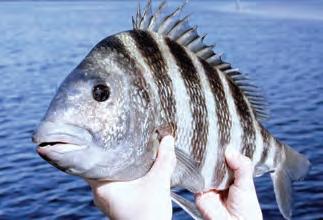
Cold weather can lead to hot fishing this time of year, if you target the tasty sheepshead and friends; but, you have to have the right plan. That means more than dressing warm. It means changing gears completely in the days following a cold front. The deeper water of the canals, channels, rock piles and bridges that are all over the Bay will hold fish, especially sheepshead. The best time of year is November through April for the hottest bite.
Some days can be nonstop action. The bites can be fast and furious, but catching them is the tricky part. To make things easier, the first thing to remember about sheepshead fishing is to lighten up the gear. A 2500 to 3000 size reel on a 7’6” medium action rod loaded with 10-pound braid and a 15-pound fluorocarbon leader will get the trick done in most cases. If fishing the residential docks, bump up to 15-pound braid and 20-pound leader in case you run into a big redfish or black drum. They will all take the same baits as the sheepshead.
This is the time of year that live regular shrimp or even pieces of fresh shrimp will catch sheepshead, mangrove snapper, redfish, black drum and flounder. No need for the handpicks. You can get an elephant on a peanut. Pinch the tip of the tail off and use a #1/0 hook with a current appropriate split shot or barrel weight 1/8 to 1/4-ounce or 1/4-ounce jighead and you’ll be cranking them in. Other top baits include fiddler crabs, barnacles or bloodworms.

Sheepshead are also known as the convict fish. This is for two reasons; the black stripes, and they are notorious bait stealers. It’s said that, by the time you feel the bite, it’s too late. That’s why the lighter gear is key. Watch the line as you wait for the bite. If it twitches, start reeling. You’ll probably have a fish on!
The sheepshead has a 12-inch minimum size limit with eight fish per angler. It’s common to catch fish in the 1 to 5-pound range with fish of nine or more pounds considered trophy class.

If you would like to learn how to fish the Winter bite in the Bay, book a trip with Pocket Change. We have the gear, experience and the knowhow to get you on these great eating fish.


Often times, people tell me that they saw a red-headed woodpecker in their backyard when talking about birds. Well, there are three species of woodpecker in central Florida that have a lot of red colored feathers on their head The true red-headed woodpecker has a completely red head on all sides and all of the way around the eye. The rest of the body is a two-tone white and black pattern.
Wes has a focus on conservation and education in the community and is the owner of Snook Jam Outdoors. You can find him on Instagram @ snookjam or call 727-410-5853.


Red-headed woodpeckers are becoming rarer in Florida as they are driven out by development. They require mature, old-growth pine trees for their habitat, so they’re more commonly found in parks and more rural areas with older trees. They primarily feed on insects and seeds.
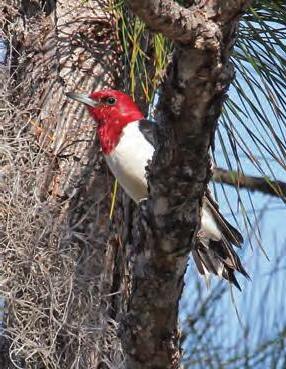

The bird most commonly confused with the red-headed woodpecker is the red-bellied woodpecker. Red-bellied woodpeckers have a red “mohawk” on the top of the head, but the red coloration doesn’t encompass the entire head. Red-bellied woodpeckers are very common backyard birds. They will often come to bird feeders to eat seeds and will drill holes wherever they can to make their dens. The male red-bellied woodpecker will have a full “mohawk” of red feathers on top of the head, whereas the female will have half a “mohawk” of red. The last of the Florida woodpeckers to be confused with the red-headed woodpecker is the pileated woodpecker. The pileated woodpecker is a much larger woodpecker than the red-headed one. Pileated woodpeckers have a triangular shaped head and a white and black face with a red “mustache” of feathers. Most of the body of a pileated woodpecker is comprised of black feathers, but it’s the shear size of the pileated woodpecker that separates it easily from being confused with the red-headed woodpecker. Grab those binoculars or a camera and see if you can find all three in your neighborhood today!

 BY: CAPT. JOHN RIVERS
BY: CAPT. JOHN RIVERS
The sheepshead migration/spawn is in full swing in Tampa Bay. Better known as convicts (I call them bait stealers), these tasty bucktooth critters can be a lot of fun to catch in February and the first couple of weeks in March. The sheepshead run started early this year, in mid-January, due to a couple of really cold, cold fronts that came through.
Sheepshead is very tasty, both on the grill and fried. Mix it up with rice and beans, and you can’t go wrong. So, if you have a chance, go to the local tackle store that has bait, grab four dozen shrimp and go bend some rods!

Next on the menu is mangrove snapper. They, too, have been pretty plentiful on some of my honey holes. I’ve not got into the big ones, but I have been getting keepers from 14 to16 inches. Get a few of those in the ice chest and you’ll have a nice snapper sandwich for sure.
Now, let’s talk redfish and snook. With the warmer than normal Winter, the redfish bite in Tampa Bay has been pretty good. Snook has also been good. You just have to know where to look for both species. Live bait has been the ticket for reds and snook. But don’t fret, if you like tossing artificials, you’ll still get a few--the better bite has been on white bait. Depths of the fish have ranged from 2 to 4 feet of water. Watch the tides and let the drag sing.


Last, let’s talk specks. The trout bite has been excellent in the rivers in upper and lower Tampa Bay. I’ve done well on 1/4-ounce jigheads matched up with a Matrix Shad in either Lemon Head or Kamikaze. This bait is from Louisiana, and I don’t think they’ve seen it because they fall for it every time.
I fish both Tampa Bay and the St. Joseph Sound next to Clearwater Beach. If you’re on Clearwater Beach, you’re only 10 minutes from where I launch. If you want to fish Tampa Bay, it’s only 30 minutes from your hotel, and you’re fishing after a short boat ride to the flats.

Captain John Rivers | www.tampabayinshoreguides.com captjohnrivers@gmail.com
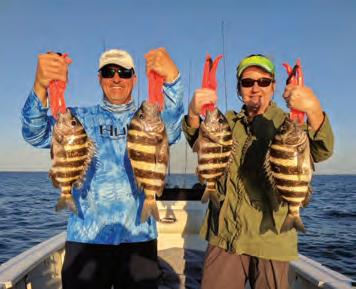
February is the perfect month, to me, for catching one of the hardest fish to land. I am talking about sheepshead that invade the rocky bottoms, docks, bridges and wrecks inside Tampa Bay. Sheepshead are nicknamed bait stealers or bandits for their cunning ability to steal your bait even before it hits the bottom.
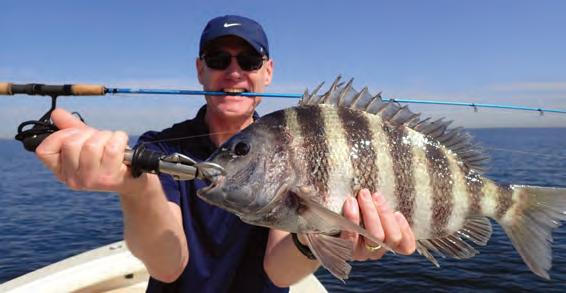

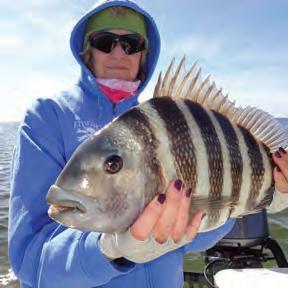
The big females migrate in from the Gulf of Mexico to spawn


somewhere around mid-to-late January, depending on water temperature, and hang around until late March. Sheepshead are great fighters on light tackle, especially the big females that range from 5 to 12 pounds. Feeding on mostly shrimp, fiddlers, small crabs and barnacles, they are considered great table fair. Some anglers even call them chicken of the sea.
Tackle changes depend upon where you are fishing for them. Around bridges and docks, light spinning tackle, 10-pound test braided line and 20-pound test fluorocarbon leader with a #1 or #2/0 Circle hook will work just fine. Fish hanging around these areas tend to be smaller, and most are males in the 1 to 3-pound class. The big females, on the other hand, prefer the deeper waters of the Bay, hanging around the ledges, wrecks and rock piles in anywhere from 12 to 30 feet of water and average in size from 4 to 12 pounds. Here, I prefer to use medium tackle, a 7-foot medium action rod with a larger spinning reel with 15-pound test braided





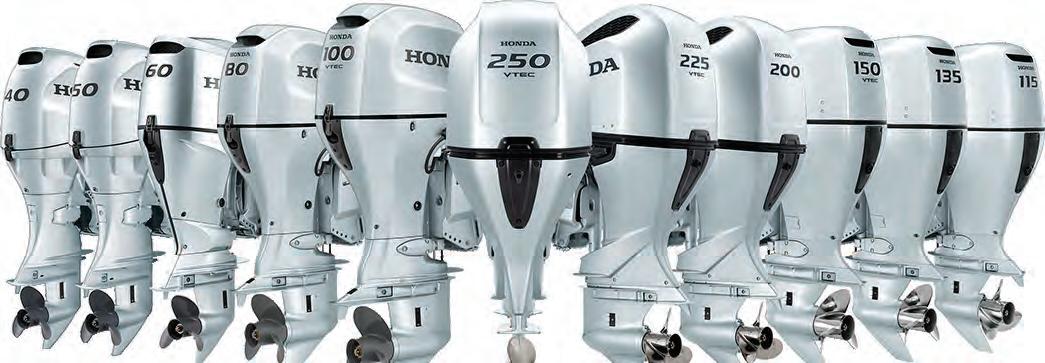
1:15 2.8 2:38 2.3 9:33 -0.5 9:26 0.6 7:16 6:15
1:51 2.8 3:00 2.4 10:00 -0.4 10:00 0.5 7:15 6:16


2:27 2.7 3:21 2.4 10:27 -0.3 10:35 0.4 7:15 6:17
3:04 2.6 3:44 2.5 10:55 -0.2 11:13 0.3 7:14 6:18
3:45 2.5 4:10 2.6 11:23 0.0 11:54 0.2 7:13 6:18
4:32 2.3 4:41 2.7 11:54 0.3 7:12 6:19
5:28 2.0 5:17 2.7 12:42 0.1 12:28 0.6 7:12 6:20
6:43 1.8 6:02 2.7 1:43 0.0 1:10 0.9 7:11 6:21
8:35 1.6 7:04 2.7 3:02 0.0 2:13 1.2 7:10 6:22
10:26 1.8 8:23 2.8 4:29 -0.2 3:50 1.4 7:09 6:22
11:43 2.0 9:42 2.9 5:46 -0.5 5:16 1.4 7:08 6:23
12:32P 2.2 10:52 3.1 6:51 -0.8 6:27 1.2 7:07 6:24


1:10P 2.3 11:55 3.3 7:45 -1.0 7:26 0.9 7:06 6:25

1:43 2.4 8:31 -1.0 8:17 0.6 7:06 6:25
12:51 3.3 2:13 2.5 9:13 -0.9 9:04 0.3 7:05 6:26
1:42 3.3 2:41 2.5 9:51 -0.7 9:50 0.1 7:04 6:27
line and 25-pound test fluorocarbon leader tied with a loop knot to a #2/0 circle hook. I use a Texas rig where the sinker slides on the leader just ahead of the hook. I also use a small glow soft bead, because this keeps the sinker from hitting the knot and the glow beads seem to draw the attention of the larger fish. If you can find small jig heads with #1/0 or 2/0 hooks, they also work great around bridges and rock piles.
Live shrimp, fiddler crabs, bloodworms and sand fleas are all great baits. Fiddler crabs work best, but tides and time schedules for me to catch the little critters make them second best to live shrimp. Since sheepshead
are bait stealers, regular shrimp works best. Don’t waste money on medium or large shrimp, as there’s just more bait for them to steal.
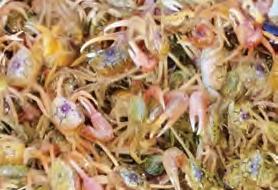
Coast Guard charts are still the best way to find these bandits, because they show rocky bottom, ledges and wrecks. New software chips can show the contour of the bottom with rocks and ledges. C-Map Reveal and Navionics Platinum, to me, are the best with C-Map Reveal being a little better.
From shore, bridges, docks and rocky areas are favorite spots for sheepshead. On the water, their favorite spots are artificial reefs, wrecks, ledges and rocky bottom. Remember, the deeper water holds the bigger fish.
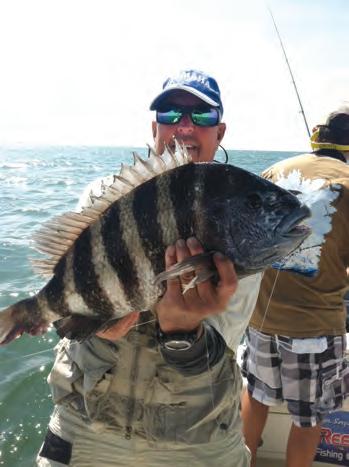

— Capt. Sergio Atanes is host of Florida West Coast Fishing Report on Facebook and YouTube every Monday night 7-8 p.m. live. He is also host to Aventuras De Pesca USA on national TV and Radio Show. reelfishing.com | Email: atanes@msn.com | Phone: 813-973-7132

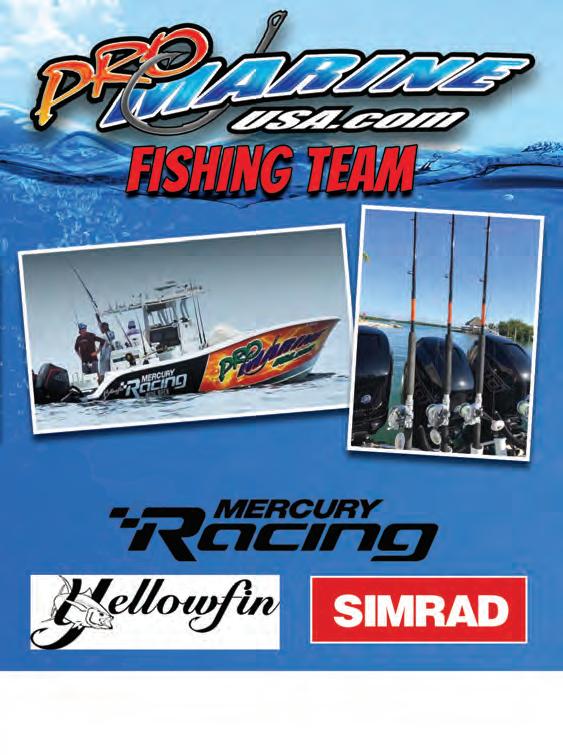

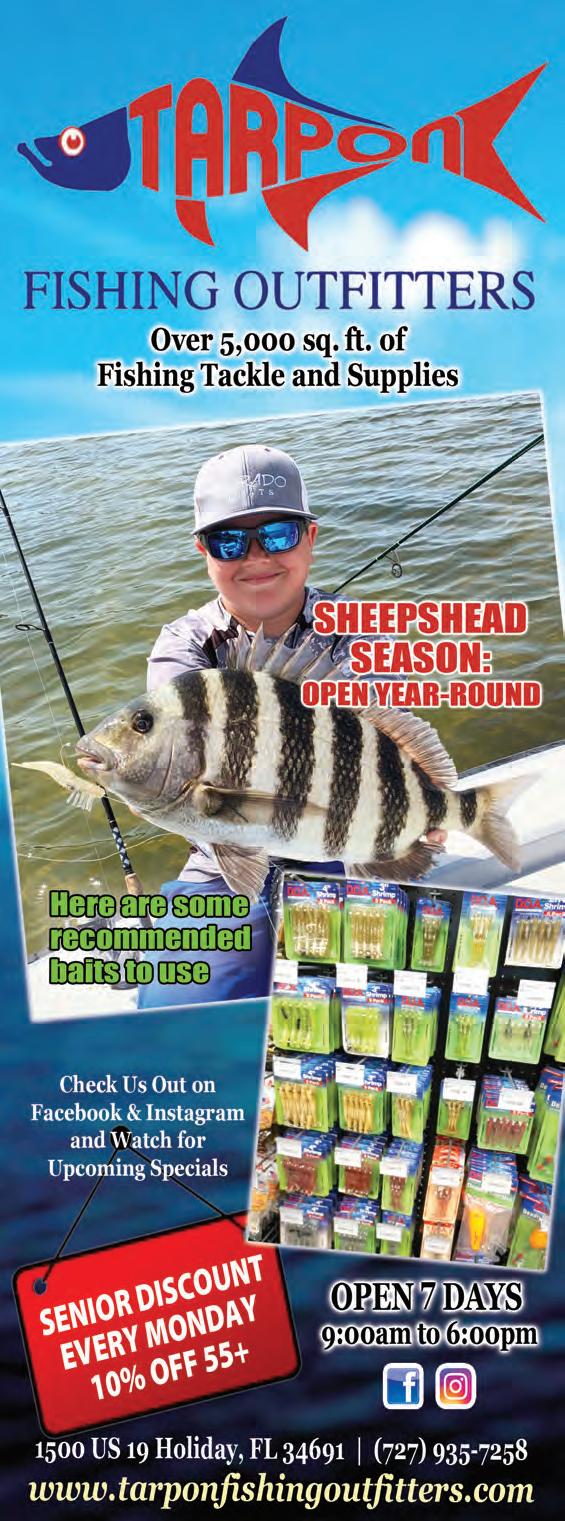

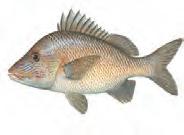

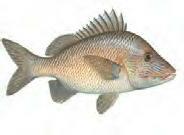
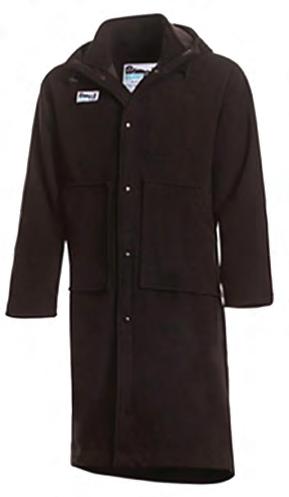
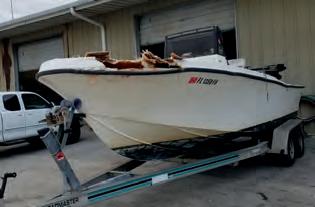

Dive jackets are a critical way to stay warm between dives, on the way out and on the way in on chilly days on the boat. After you use one, you will never go on a trip to a chilly place without it. If you are cold out of the water, it is all that much more difficult to stay warm in the water. Here are some techniques that can help you keep warm.
There are only a few different options and styles of jackets designed for diving and wearing over a wetsuit. The primary function of these jackets is to keep a diver warm. Most of these jackets accomplish this by reducing the amount of wind that can get to the diver. Outside of this, they just use different technologies to help insulate the diver. They also are made of materials that are easily cleaned and don’t absorb too much water.
Hyperflex dive jackets are closed cell neoprene hoodies. Wear these jackets over a wetsuit, or against your bare skin before, after or between activities in the water. These jackets are windproof and hold little to no water. They do stop at the waist, but take up less space than some other brands.
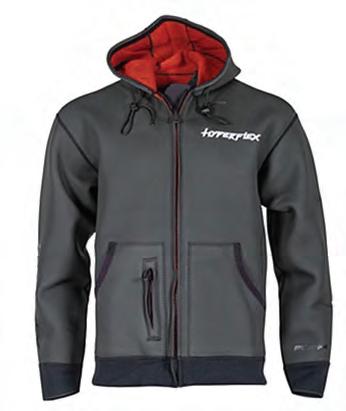
Surf-fur dive jackets use a windproof and waterproof fabric which helps to keep you dry and warm. These jackets are longer. Additionally, they have builtin through pockets which allow you to change out of your swim trunks after your trip. One of the biggest benefits to this style of jacket is that it is machine washable. One downside to this jacket is that it does have a tendency to collect fish scales, so that machine washable benefit comes in handy. The other downside is that they are bulky. This isn’t a big deal if you are using it a lot in your waterways at home, but it makes it a challenge traveling with it.
Other techniques to stay warm in cold water are a warm thermos of water to get you warm in your wetsuit. Wetsuits work by allowing a small amount of water to come in contact with your skin and allowing your body heat to warm that water. At that point, the wetsuit is just insulating you from the water around
you. If you are able to pour warm water down your suit before hoping in the water, you can get that insu lated water on your skin without having to waste your body heat and energy to get the water warm. Along the same strategy as the thermos of warm water, a thermos of warm soup to eat or drink is helpful in keeping your core temperature up. Dairy based soups are a bad idea. There isn’t hard evidence to confirm that dairy increases mucous build-up. That being said, there are enough diver experiences to make dairy consumption a questionable dietary choice before or during diving.
— Neptonics: 7610 Industrial Lane Suite 8H Tampa, FL. 33637 813-867-3250. Neptonics.com


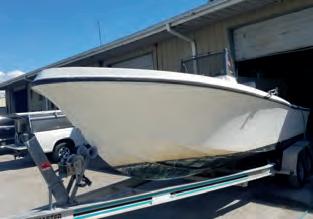






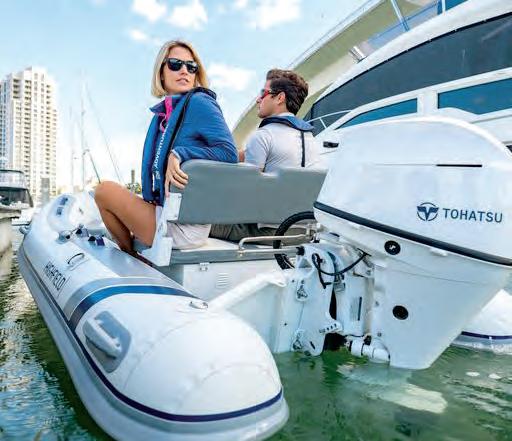


Iam old enough to remember when the legal size for red and gag grouper was almost on par to what snapper needs to be today. It was rare to catch hog fish on rod and reel, and snook were thick as thieves under every dock which had a light shining at night. If you ate grouper fingers off of a lovely brunch buffet, they were most certainly Goliath grouper which would be unheard of today.
As time marches on, so does change in our fisheries. Some good and some which leaves many, including me, at a loss for finding logic in our decision makers. Fisheries management over the last decade has restricted limits on both the recreational and charter anglers at an astonishingly rapid rate. On balance, the commercial sector has also taken a significant hit, maybe even greater than the rest of us. Looking ahead into 2023, gag grouper may not be harvested until September instead of June, and the amberjack fishery will only be open for the month of August. Stricter regulations on red grouper, hogfish, lane snapper and even mangrove snapper are all in discussion.
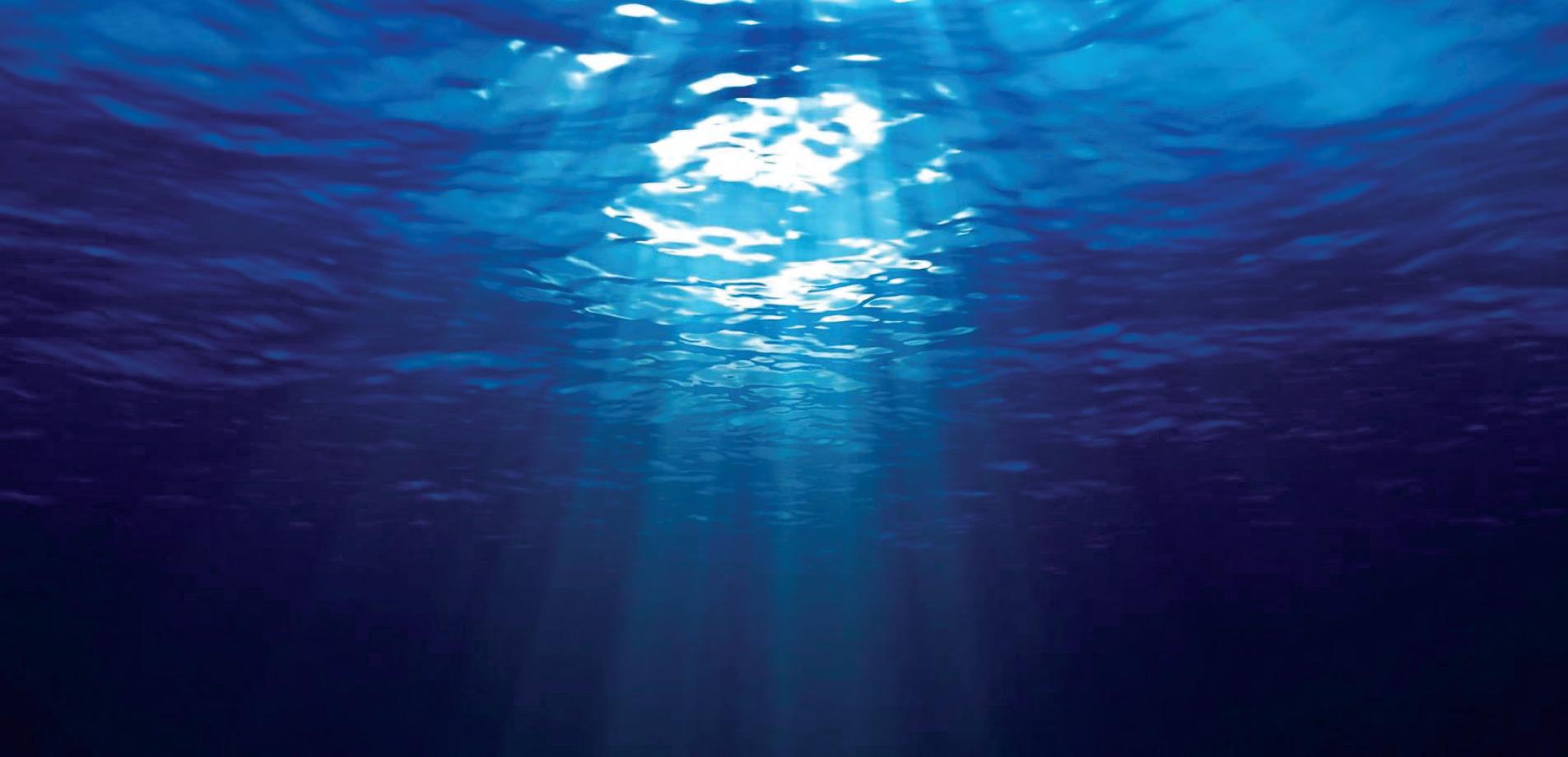
What’s next you ask? Well, my guess is limits to our new favorite choice in bait, the good ol’ Gulf shrimp. With stricter regulations on the larger fish we used to target during the better part of the year (grouper, snapper and amberjack), anglers have had to turn their sights on the smaller reef fish. Porgies, lanes, bee liners and even the royal majestic white grunt, as we like
to call them, are now ending up on our hooks. These species have become the main targets when, in the past, they were just tasty bycatch while we patiently waited for the great tug from a firetruck or freight train gag. This shift in fishing is great news for pinfish and pigfish, but not so much for a shrimp.
Gulf shrimp have become the bait of choice for most charter and recreational anglers. It’s not unheard of for anglers to cast 10, 15 or even 20 dozen or more on a trip. Most everything in our local waters will eat a live shrimp, so it’s a no brainer to use the best bait which yields the best catch. Over the past few months, I have noticed it has become increasingly more difficult to get quality live shrimp in the amount we request. This shift extends beyond the Tampa Bay area, as guides down South have also been forced to use frozen or artificial bait due to a lack of live shrimp.
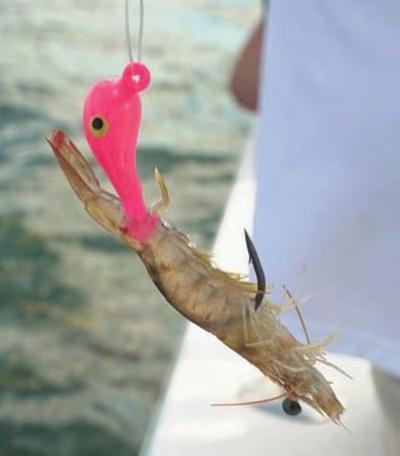







If this trend continues and Gulf shrimp become more scarce, I would not be surprised if N.M.F.S. steps in to put limits on our most desirable live bait. For anglers and reef fish alike, that would be a cryin’ shame. — Capt. TJ Shea. Owner/Operator 2 Shea Fishing and Diving Charters. TJ has been exploring above and below the Gulf of Mexico since he was 8 years old. Contact us at 813-385-2169 and at info@fishanddivetampa.com
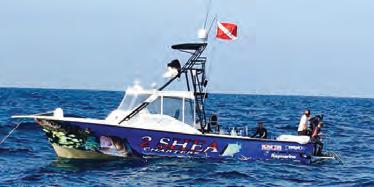
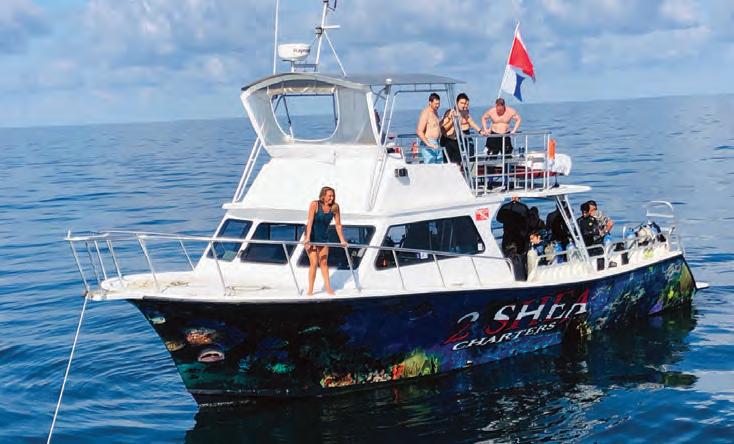





Fishing has been awesome. The bite has been very consistent and will remain that way for the next several weeks. One of the most import factors to be considered through February is to understand that these fish are cold.
Our shallow water is very temperamental and can have huge swings overnight with these cold fronts. When the water cools, these fish seek shelter. Trout, redfish, snook, black drum and sheepshead will all look to find a warmer source of water to keep warm. Sometimes this may be deeper water such as channels or potholes. Some fish will even push back up into some of the rivers and springs.
Find the warmer water and you will find the fish. Most of our in-shore fish are looking to come back out of these shelters as soon as possible. So, right after a front passes and we have a few sunny days, many of these fish will move back out to the shallower water and feed.
Muddy bottom is also an important factor to be considered during the cooler months. Mud bottom will retain just a bit more heat and redfish, trout and snook love it. We have been using mostly free-lined shrimp or, in rocky areas, we will throw with a popping cork. Shrimp is a very easy source of food, and these fish will never refuse it.
I will throw some artificials when we get some of the good tide swings and have enough water to really troll back into the creeks and back country. White soft plastics with a chartreuse tail have been working great in the creeks for reds and trout. I hope everyone has a great month catching fish.
Tight lines.
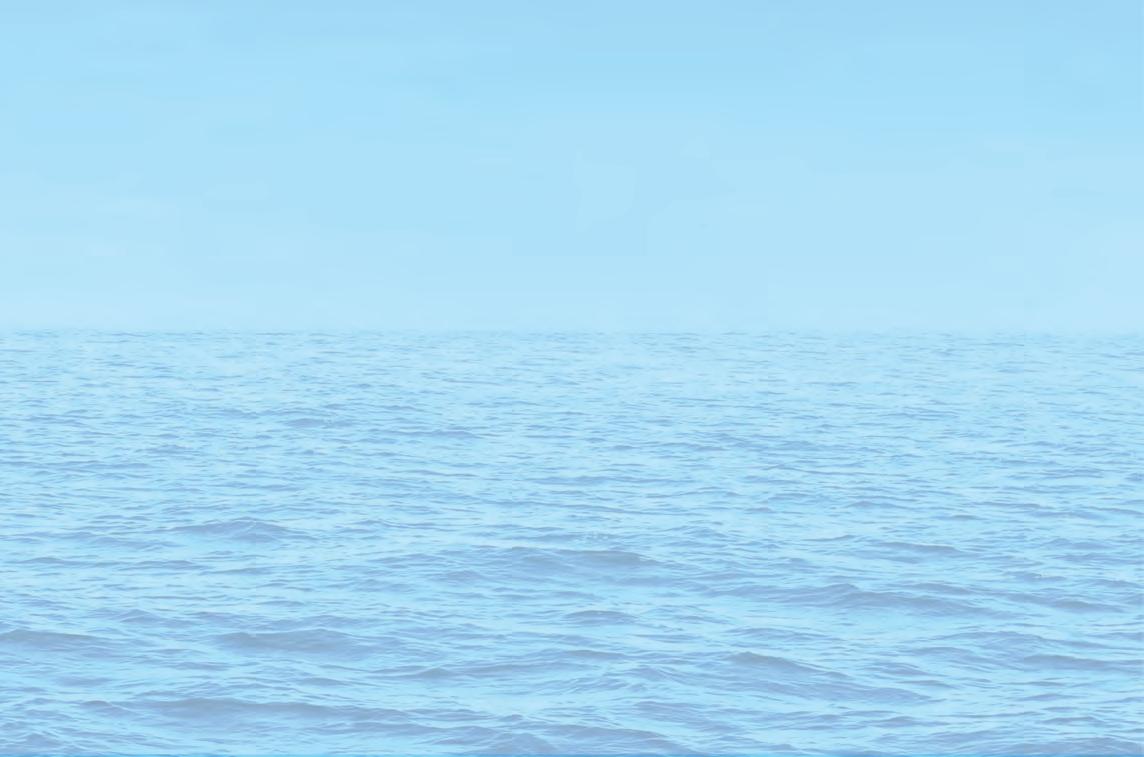
— Captain Gary Reel Shallow Fishn Charters | 352-575-6791 www.reelshallowfishn.com | Facebook @Reel shallow fishn charters







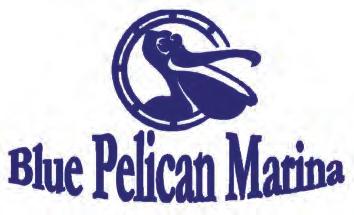
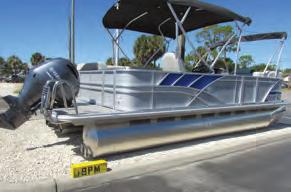
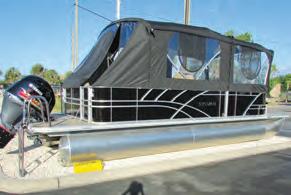
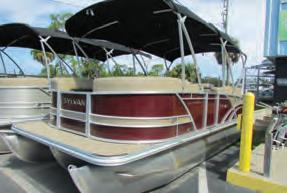




• 1 1/2 pounds large shrimp, peeled and deveined


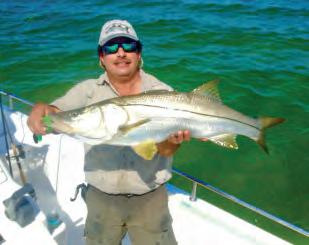


• 4 links of brat sausage, thinly sliced
• 2 ears of corn, each cut crosswise into 4 pieces
• 1 pound of baby red potatoes, halved
• 2 tablespoons olive oil
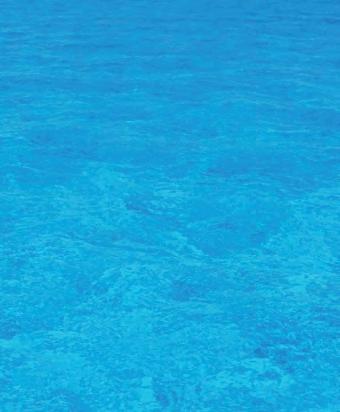
• 4 teaspoons Old Bay seasoning
• Kosher salt and freshly ground black pepper, to taste
• 2 tablespoons chopped fresh parsley leaves
• 1 zucchini sliced thin
• 1 yellow squash sliced thin
• 2 cloves garlic smashed
• Preheat oven to 350.
• Cut four sheets of foil, about 12-inches long. Divide shrimp, sausage, corn, potatoes, zucchini and squash into 4 equal portions, then add to the center of each foil in a single layer.
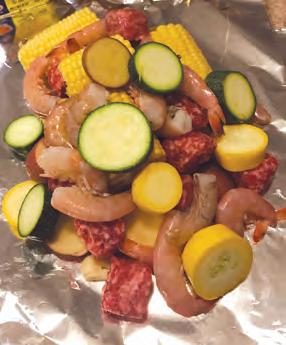
• Fold up all 4 sides of each foil packet. Add olive oil, Old Bay seasoning, salt and pepper, to taste; gently toss to combine. Fold the sides of the foil over the shrimp, covering completely and sealing the packets closed.
• Place foil packets in the oven and cook until just cooked through, about 30 to 45 minutes.
• Serve immediately, garnished with parsley, if desired.

Did you know that fishing is one of the most popular outdoor activities in the United States? Over 45 million people go fishing each year! There are many reasons why fishing is so popular. One of the main benefits is that fishing is a unique way to get exercise, relieve stress, relax and bond with your friends and family. Fishing can be a good social activity. It also has significant economic and environmental benefits.
I k now it’s a rough subject to measure, but to say fishing is more about luck than skill is a little questionable in my opinion. This is especially true when you consider the other subjects and activities that are broadly considered to be “skill-based”. While the skills necessary to catch a couple of fish might be easy to learn, there are so many levels of competency within fishing. Like anything, with practice, training and experience, one can get really good at fishing.
According to research from Harvard, fishing is the type of activity that breaks the pattern of everyday thinking, inviting you to focus completely on a simple task. The repetitive movements and increased sense of focus that fishing requires are essentially a form of meditation in the outdoors. Fishing allows you to spend plenty of time outdoors, enjoying the sun and fresh air. With the average fishing trip lasting a few hours or more, you are sure to get plenty of outdoor time instead of television or electronic time. Fishing really brings friends and families together. From fishing day trips to big fishing weekends, this amazing sport has the power to bring people together to have fun, bond and learn.
Another key to success in life is the ability to anticipate and solve problems, and fishing can help teach just that. Fishing can present a variety of challenges that compel children and adults to adapt. Factors like weather, time of day, type of lure, bait choice, etc., can all contribute to why fish are or are not biting.
Fishing enhances appreciation of nature, as being outdoors is beneficial for children. This will teach them how to pay attention to their surroundings and follow their observations and instincts. But, overall, fishing offers a way
to cut back on-screen time. It gives us a chance to unplug from our daily lives and plug into something completely natural--it improves self-esteem.

There’s nothing quite like reeling in your first catch, which is why fishing is often passed down from generation to generation. When kids go fishing,
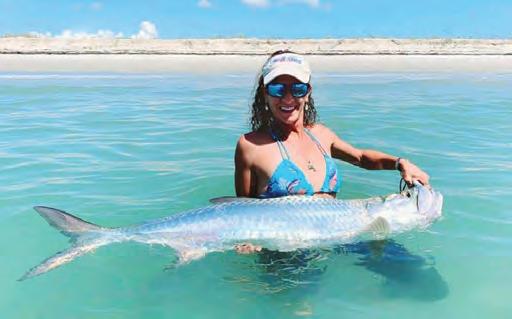

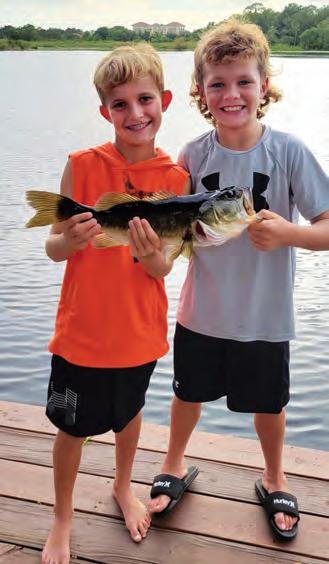
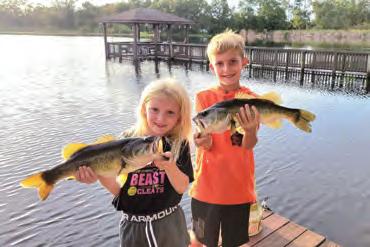
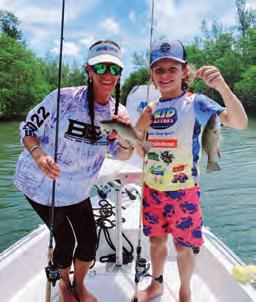


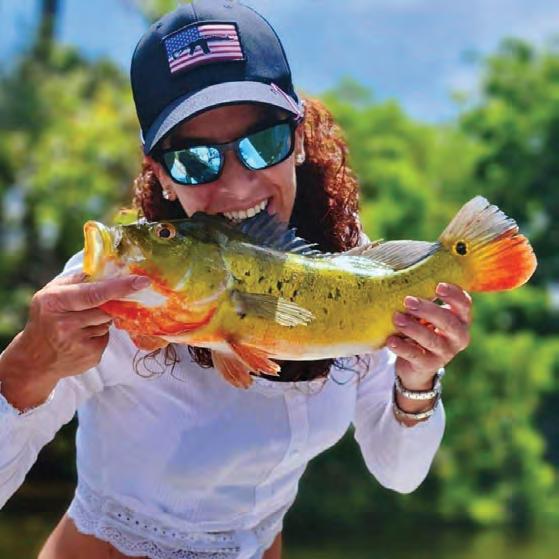

they learn more about the freshwater and saltwater eco-systems that fish inhabit. It will also teach them about conservation and why there are rules in place, slot sizes and limits on what can be taken.
It’s very rewarding to harvest your catch and enjoy a delicious meal knowing you caught it. Needless to say, we should all make time for fishing. Wheather you’re a beginner or an advanced fisherman, just get out there and fish!
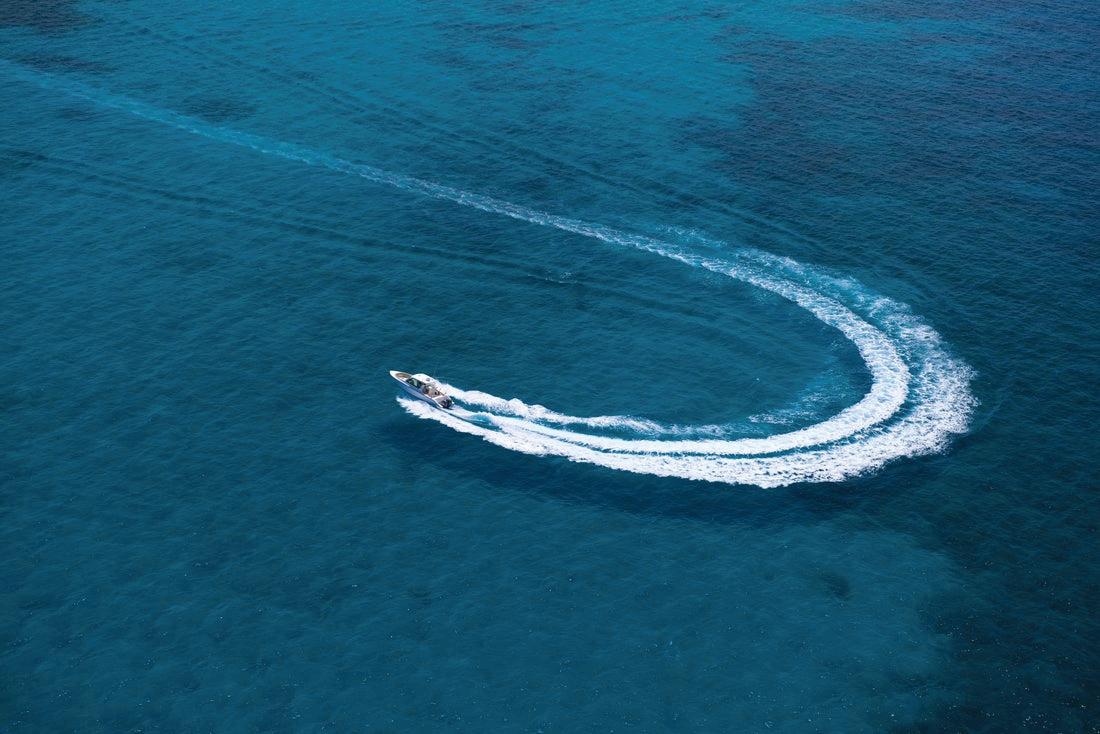



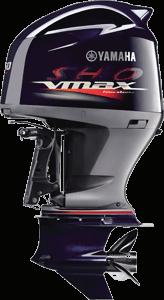


Over the next few months, waves of sh will ood the shallows to spawn. is presents the opportunity to catch some monster bass, and a plastic worm is always a main player for me when it comes to the spawn.
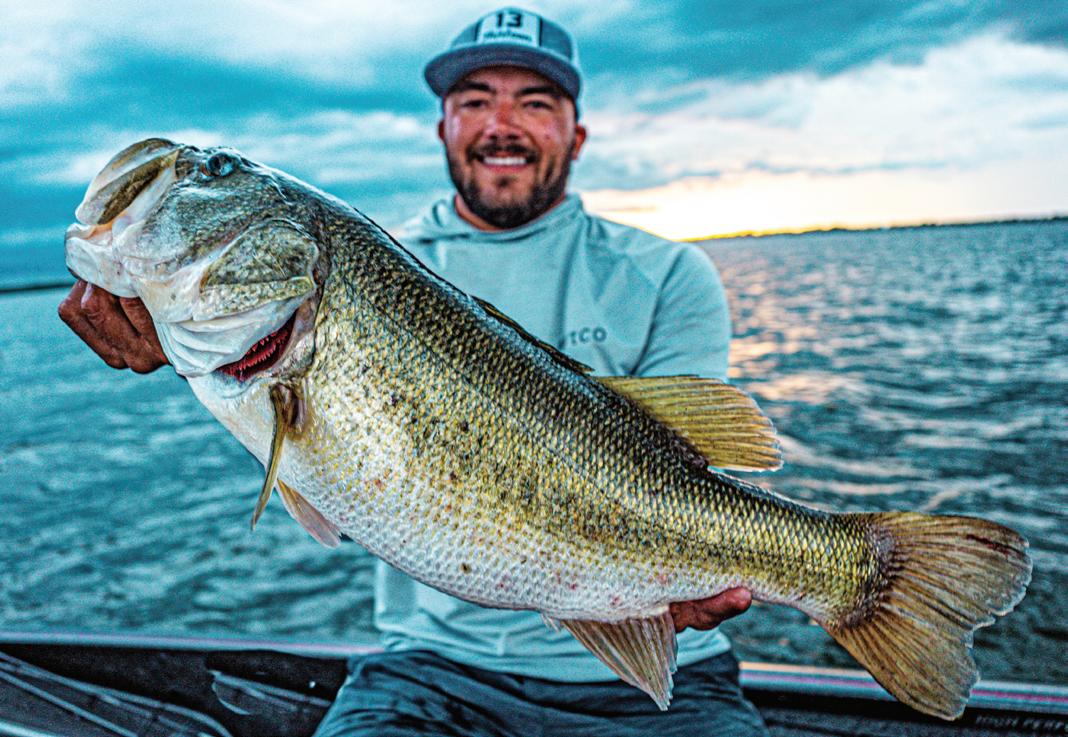

A Texas-rigged stickbait is a very common technique, but many people use it ine ciently by casting to a lot of dead water. I try to maximize productivity by casting to high-percentage targets. I focus on isolated cover. In the South, this could be small patches of grass and groups of pads, where spawning females are hidden from the naked eye. In other parts of the country, the structure might be wood or rock. Make multiple casts and work these areas slowly. I use a bigger-style stick bait, normally in the 6” version. Darker colors like a black and blue tip are my go-to. I use lighter 1/16- or 1/8-ounce weights to keep the bait looking natural. Use heavier line to cast around thick cover for large sh, but avoid braid which might be visible to sh in shallow water. I like 17- to 20-pound uorocarbon.
When I want to cover more water and locate sh, slowly reeling a big speed worm-style bait works great. e vibration the tail gives o drives sh crazy. It’s an awesome way to nd sh before slowing down to pick the area apart. I like darker colors like a junebug when the water has some stain and gravitate to more natural green pumpkin with some ake when the water is cleaner. I use ¼- to 1/8-ounce of weight and 15- to 17-pound uorocarbon.
A wacky rig is also e ective when sh are shallow. I sh it just like the Texas-rig in isolated cover, but I sh it weightless. is is great for heavily pressured sh. I use lighter line in the 10- to 15-pound range and a spinning rod for a wacky rig.

Flipping a worm is the last technique I will cover. is allows you to put a bait in places other styles don’t allow and e ciently pick apart heavy cover. I use a large Senko-style so plastic, and braided line is a must. I like 3/8 to ¾-ounce of weight, depending on the thickness of the cover. Remember, the only way to set yourself apart is to slow down and put your bait in places nobody else has.
Except for the wacky worm, rod and reel choices for each technique are similar. I like a longer 7’6” medium-heavy to heavy action rod for most worm shing. e 13 Fishing Omen Series has a few rods that are perfect for the job. I use a faster-speed reel like the Concept A 7:5:1.
For the wacky worm, I like a 7’ 3” spinning rod in medium-heavy. A reel with good drag is important, and I’d recommend the Axum from 13 Fishing.
Tyler Woolcott is a professional tournament angler and guide. Check out his website at www.tylerwoolcott shing.com.



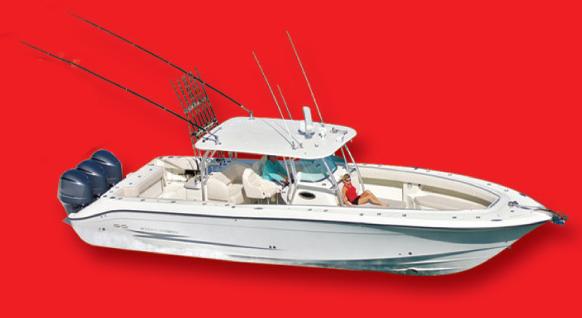




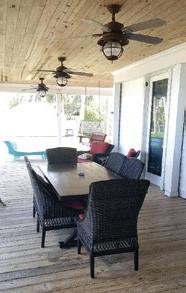


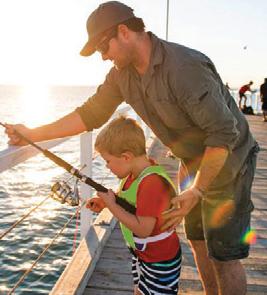




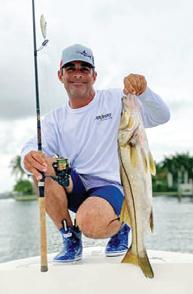


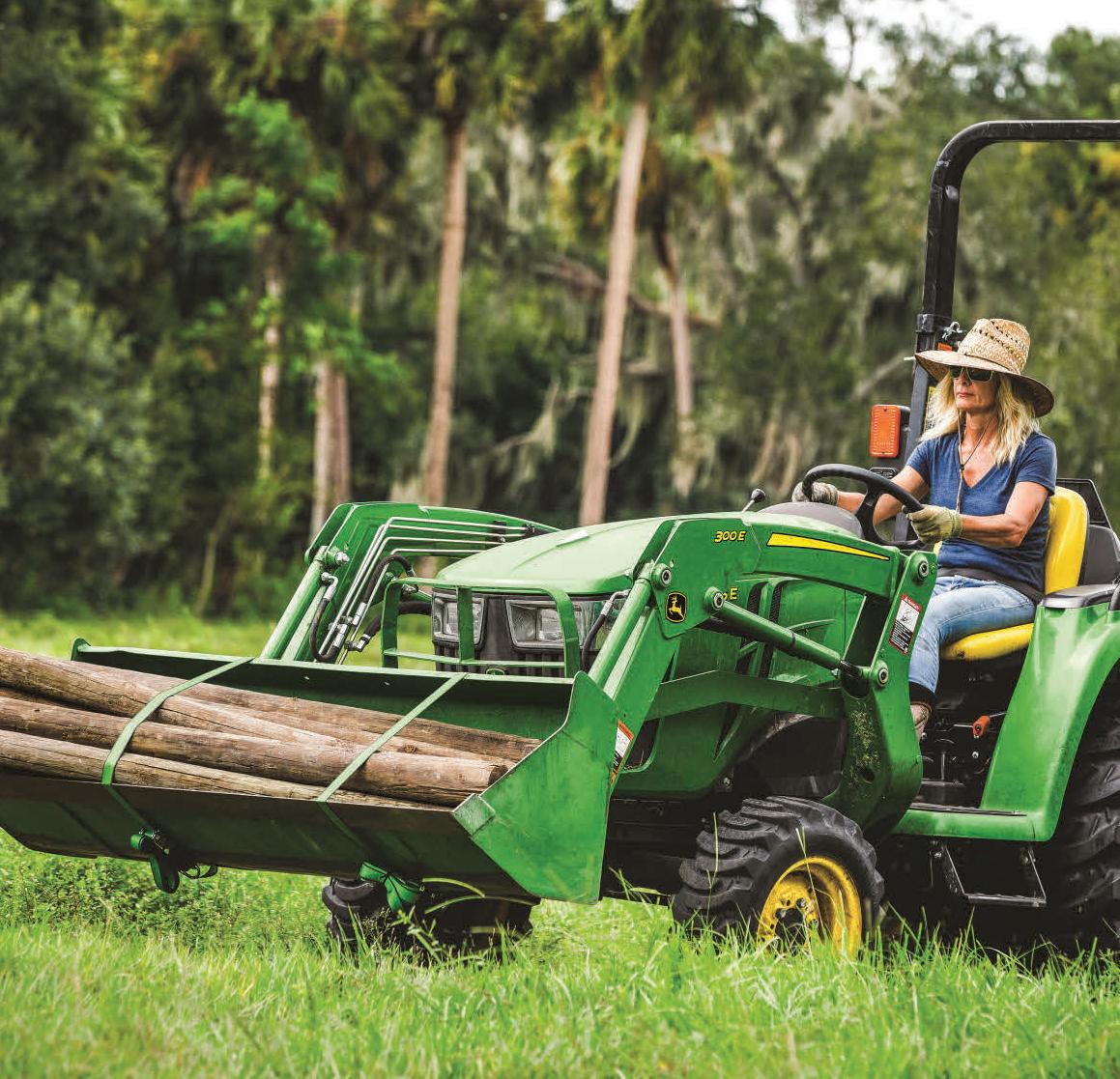





Since 1990, CraigCat has offered big performance in a compact, easy-to-use package! Their (DSTS) Dynamic Sport Tuned Suspension system, and (CHD) Calibrated Hull Design give you the smoothest ride and high-performance fun that no one else can duplicate, even in less than favorable conditions. Their (ASC) Automatic Stability Control gives the driver and passenger confdence in almost any conditions.





Whether it is fresh or saltwater, fshing or sightseeing, CraigCat has the right model for you! They have taken the CraigCat to a whole new level with the exclusive package. Loaded with amenities, the CraigCat E2 Elite features a premium JBL highdefnition sound system with USB and Bluetooth connectivity, custom deluxe bucket seats, full-width composite storage compartment, convertible Bimini top, ion docking, NAV, position, and LED courtesy deck light. They offer a wide range of accessories like the very popular GPS navigation system with down imaging sonar, wing storage racks for additional storage, polished stainlesssteel propeller, and the list goes on.

Portability is a big thing when it comes to boats. Not only is a CraigCat very portable with a total weight of 550 pounds, practically any car can tow a CraigCat with the combined weight of 800 pounds, boat and trailer. High quality and great value are what you get with a CraigCat.

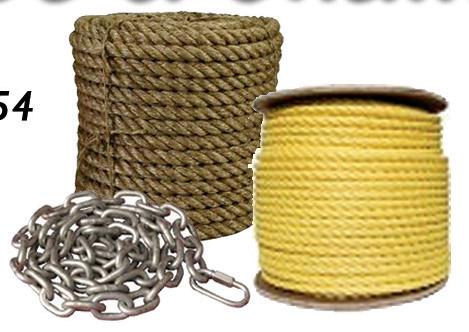
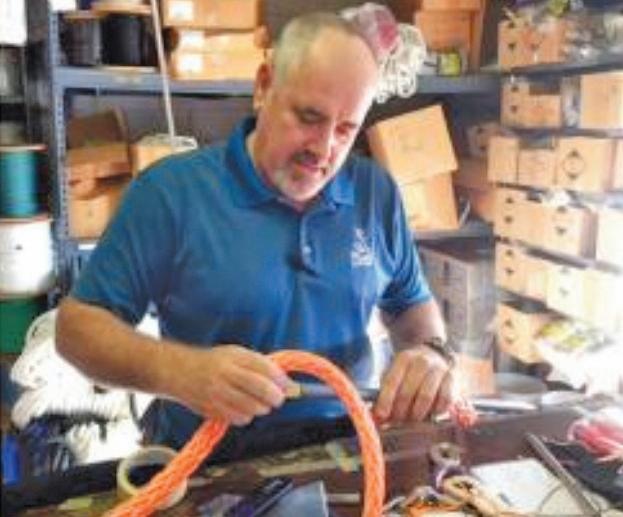





With costs sky rocketing out of sight in the marine business, the CraigCat is very affordable. The E2 Elite 25hp model complete is only $13,485!
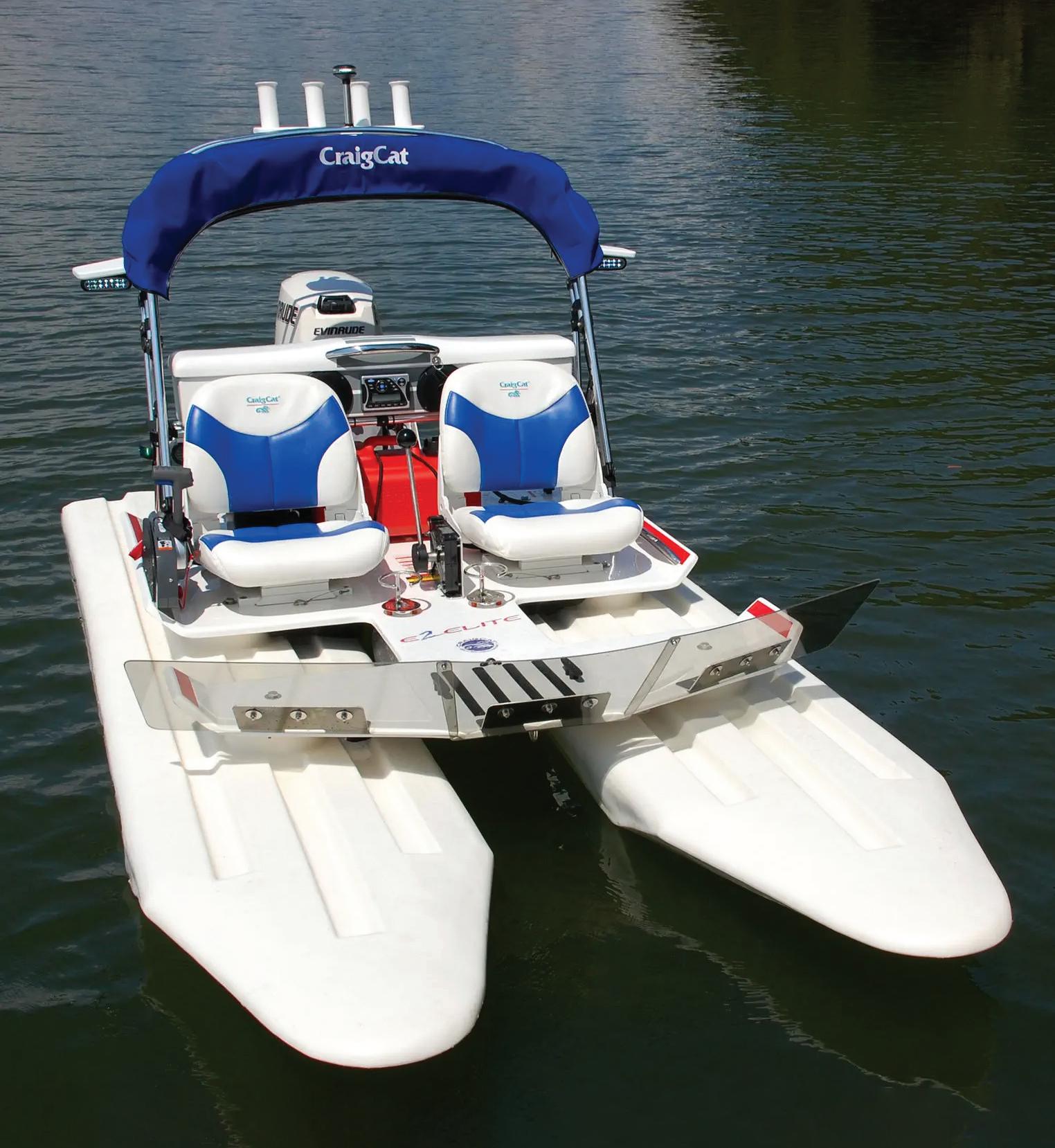
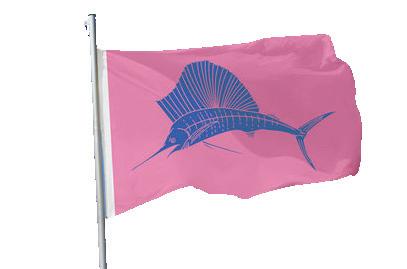

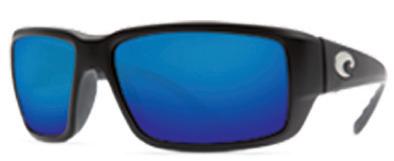



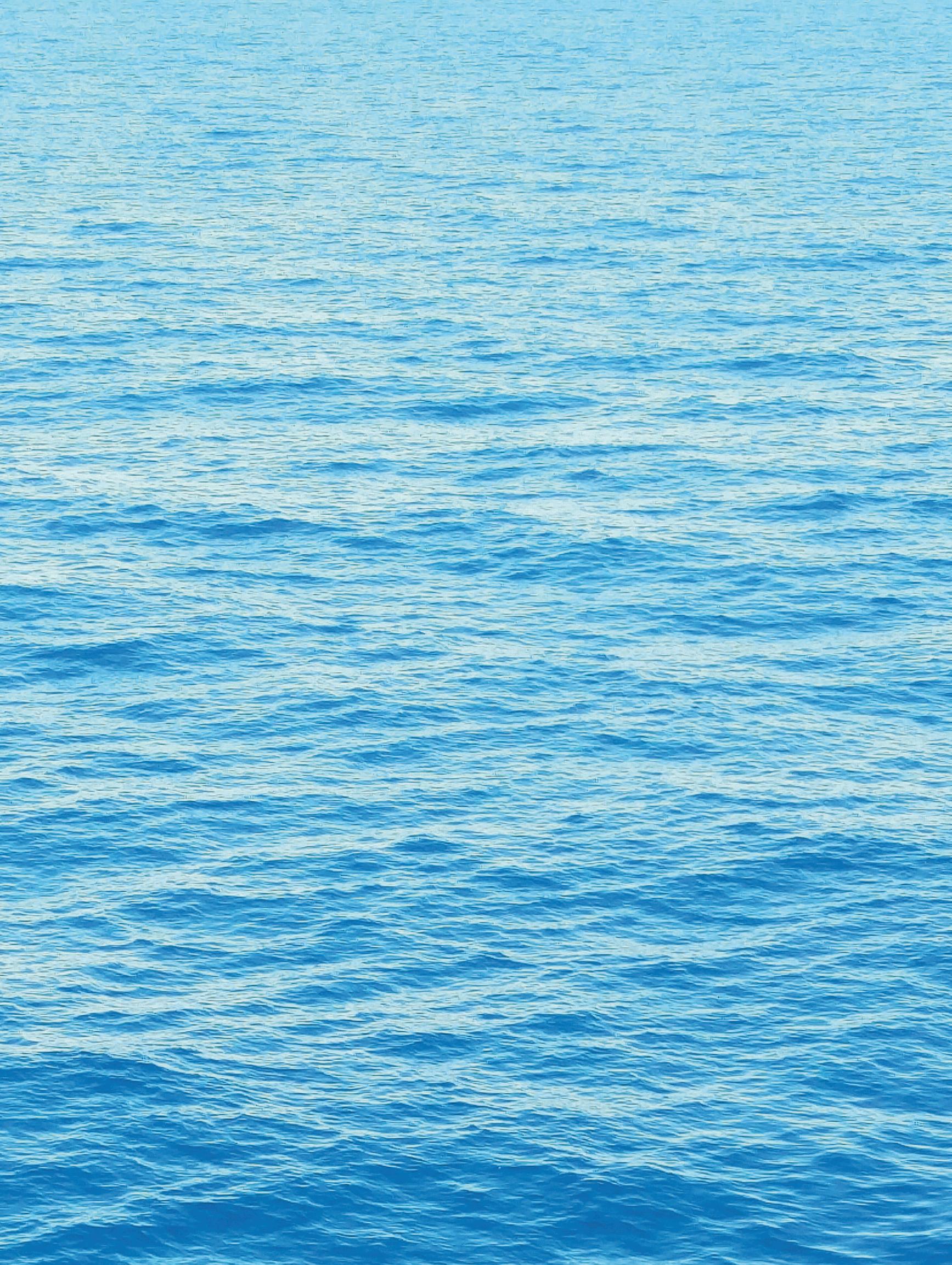
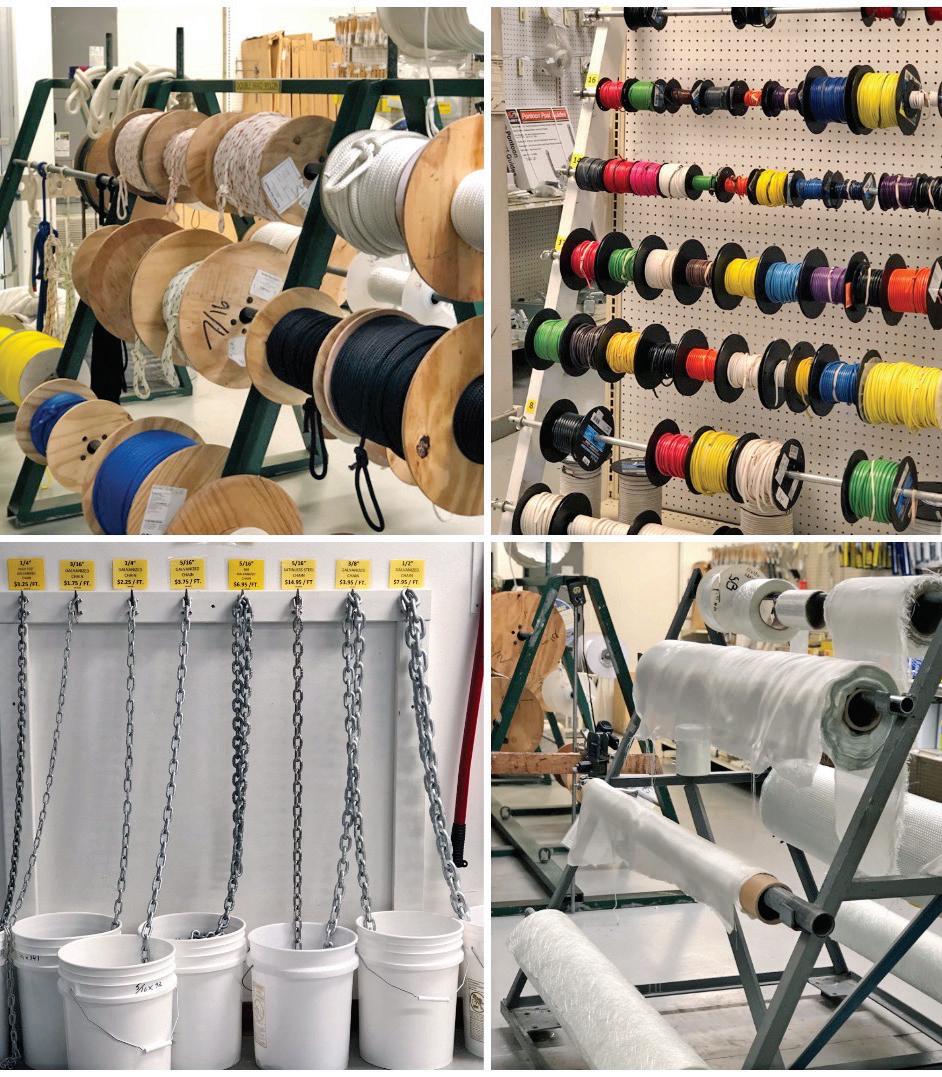
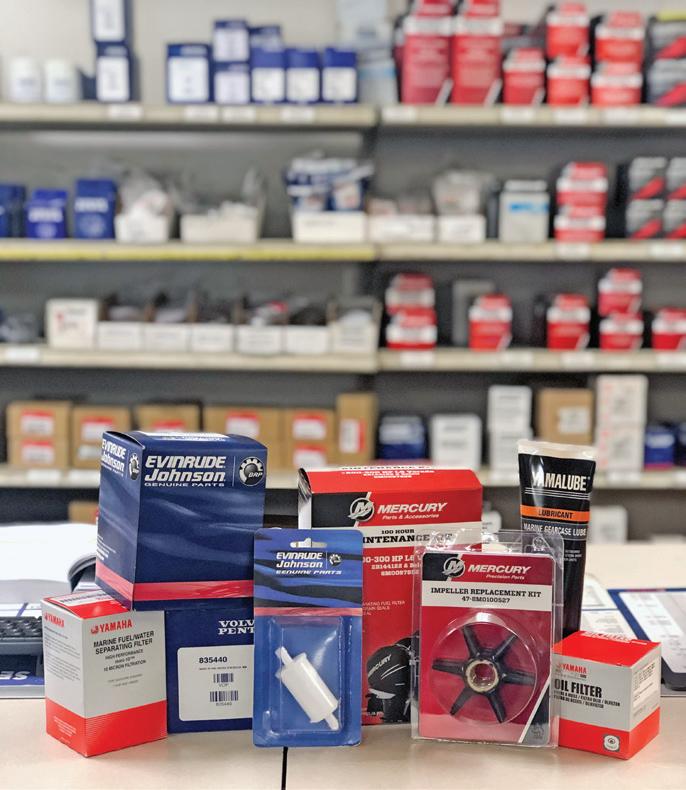













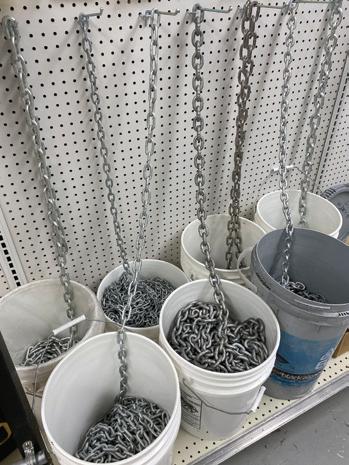

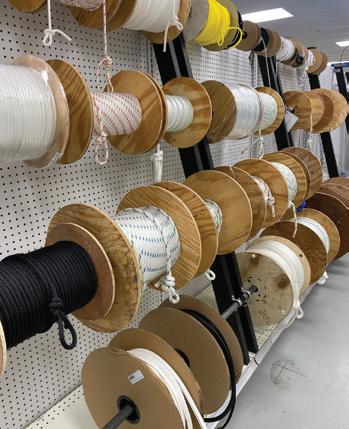
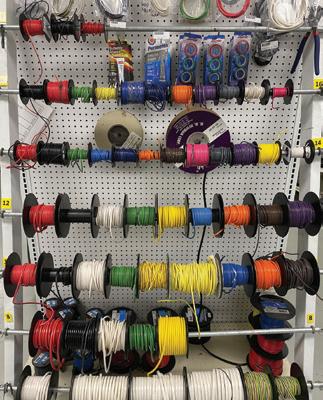
Here’s a memorable beach moment: You’re basking in the warm sun, toes in the sand, letting the gentle turn of the foam-capped waves lull you into a state of complete relaxation. As your eyes scan the endless horizon of blue on blue, you’re rewarded with a school of dolphins making their way across the sea. There’s no denying their signature shape as they leap from the water. If you don’t see anything else extraordinary the rest of the day, you can take solace knowing you’ve witnessed one of nature’s most playful and intelligent creatures in their natural habitat.
Why not re-create that special toes-in-the-sand moment with our Blue Topaz Dolphin Pendant? The beloved sea mammal has been captured mid-jump in sterling silver. And, tucked into its fins is a full two carats of shimmering blue topaz. Nothing captures the shimmering color of the ocean in the midday sun like blue topaz. With its sparkling clear blue color and high refractive index, blue topaz is one of the top-selling blue gemstones. And with our special price, you have quite the catch. Satisfaction guaranteed or your money back. Enjoy the Blue Topaz Dolphin Pendant for 30 days. If it doesn’t pass the test swimmingly, send it back for a full refund of the item price.
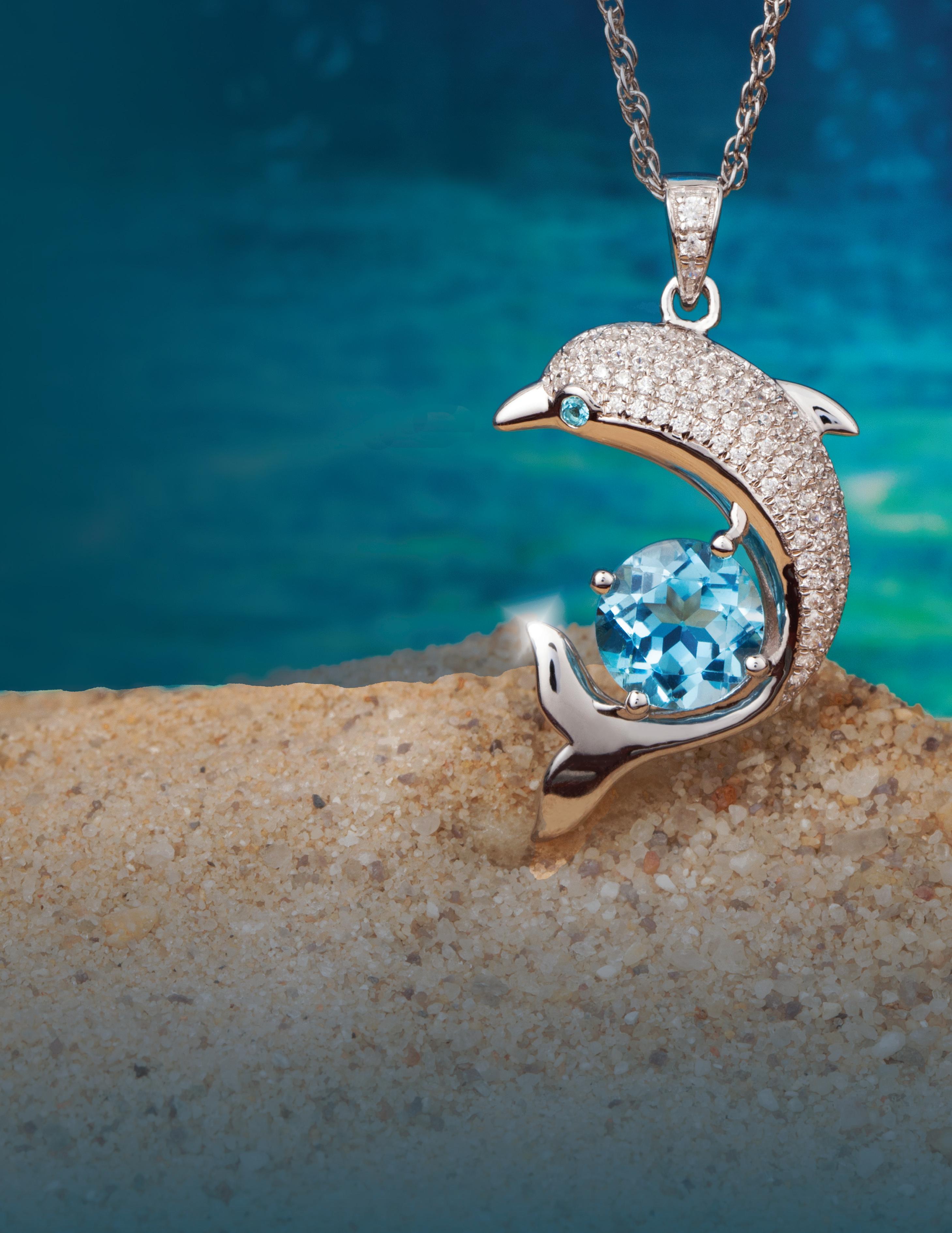
Limited Reserves. A full two carats of genuine blue topaz set in sterling silver for this price is as rare as a dolphin sighting. We cannot guarantee availability for long. Call today!


Stauer… Afford the Extraordinary ®



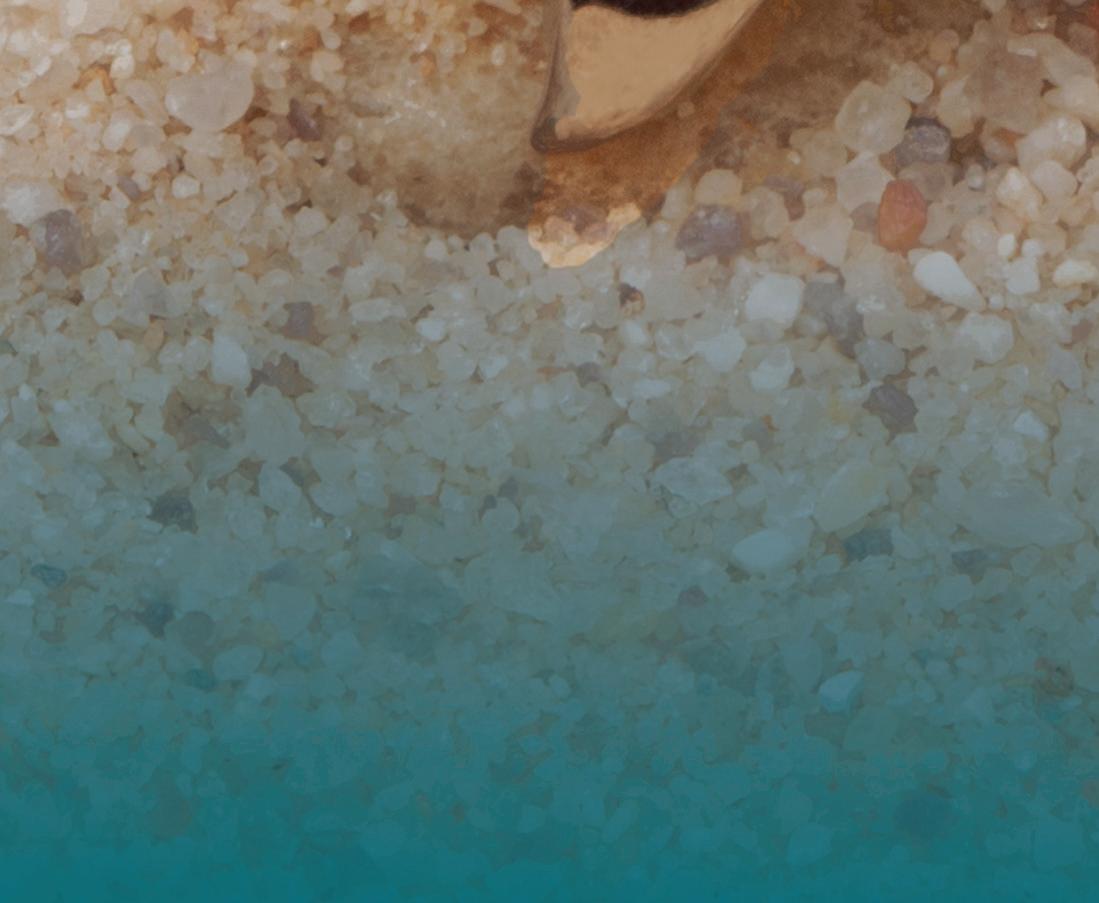
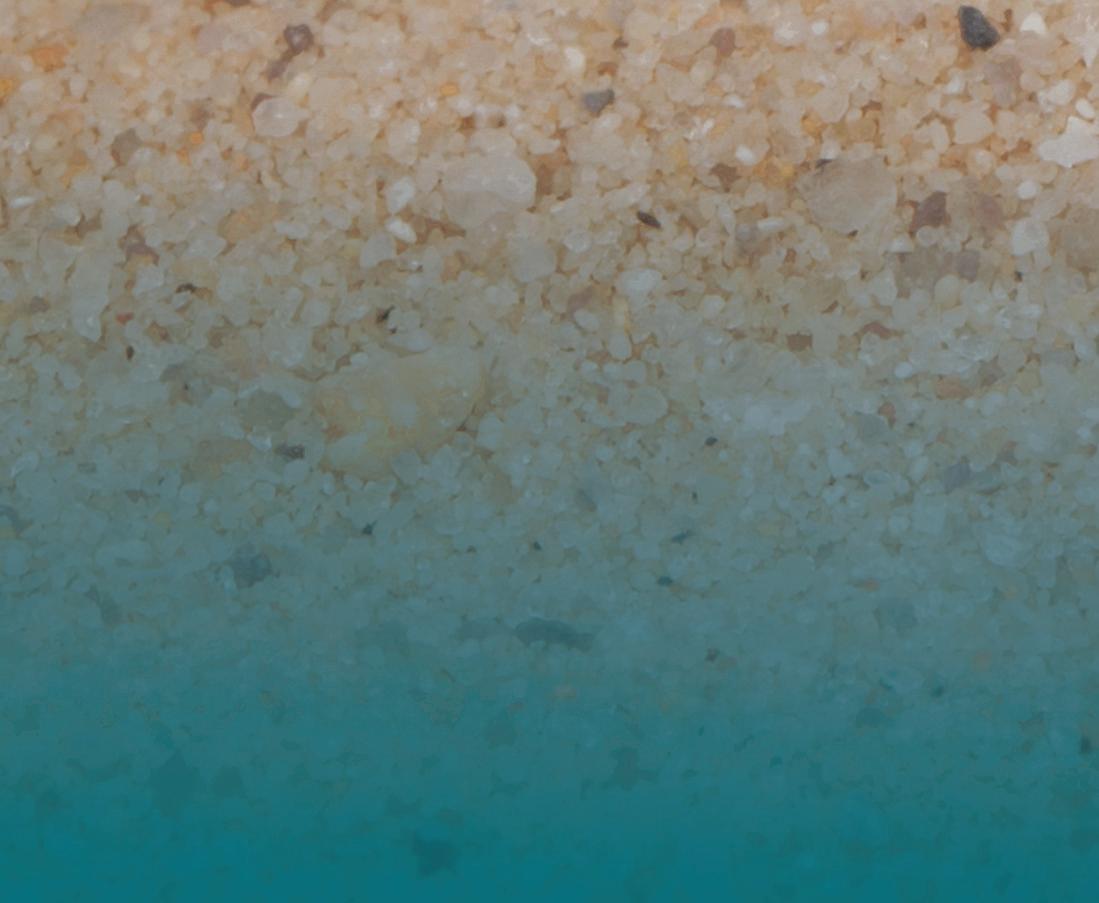

The 2023 Academy Sports + Outdoors Bassmaster Classic—widely known as the “Super Bowl of Bass Fishing”—will be held March 24-26 in downtown Knoxville, Tennessee and on the University of Tennessee Campus.
e Bassmaster Classic is one of the world’s most prestigious championship tournaments and pits 55 of the world’s best bass anglers against one another for the title of Bassmaster Classic Champion. e Classic is a catch-and-release event, with bass being returned to the shery under the supervision of the TWRA.


Daily takeo s will be from Volunteer Landing on the Tennessee River in downtown Knoxville each competition day, and weigh-ins will take place in the ompson-Boling Arena on the University of Tennessee campus. e fan favorite Bassmaster Classic Outdoors Expo will be held Friday through Sunday, March 24-26 in the Knoxville Convention Center and the adjacent World’s Fair Exhibition Hall.
All activities and venues are free and open to the public.
For more information, visit Bassmaster.com.





C-Hawk Boats has made a name for itself among boaters who want no-nonsense, custom-purpose vessels that are designed to perform and built to last. Owner Brad Grubbs said their C-Hawk 25 Center Console is an endlessly customizable boat that has gained a lot of fans among charter captains who fsh them hard every day. “We have 10-plus guides using them on the west coast of Florida,” he said. “In Georgia and South Carolina, they’re using it as a small passenger ferry. In Chesapeake Bay, it’s a crab boat.”

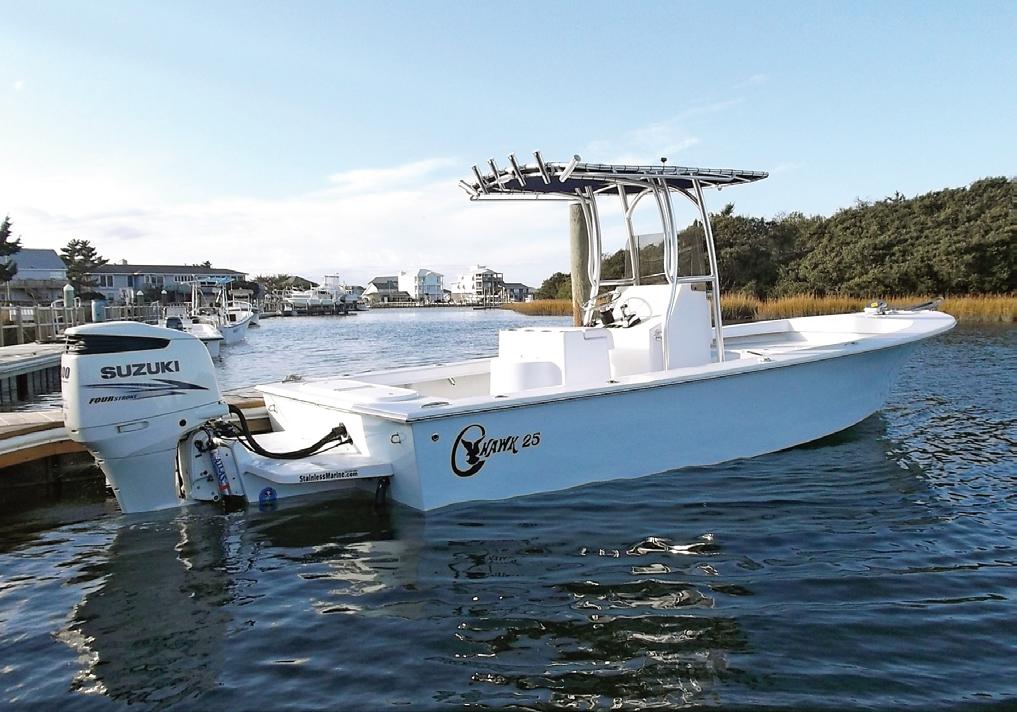
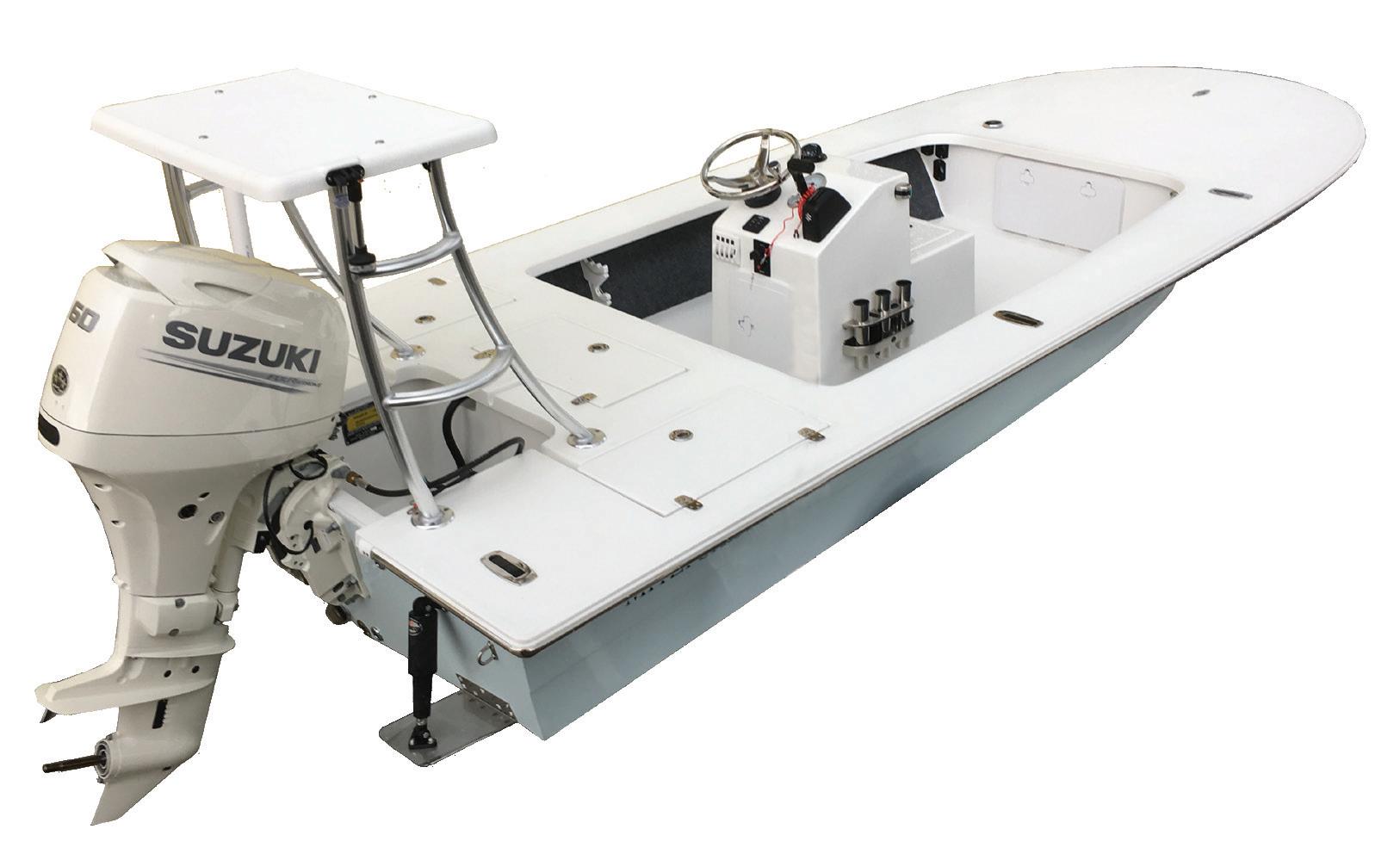

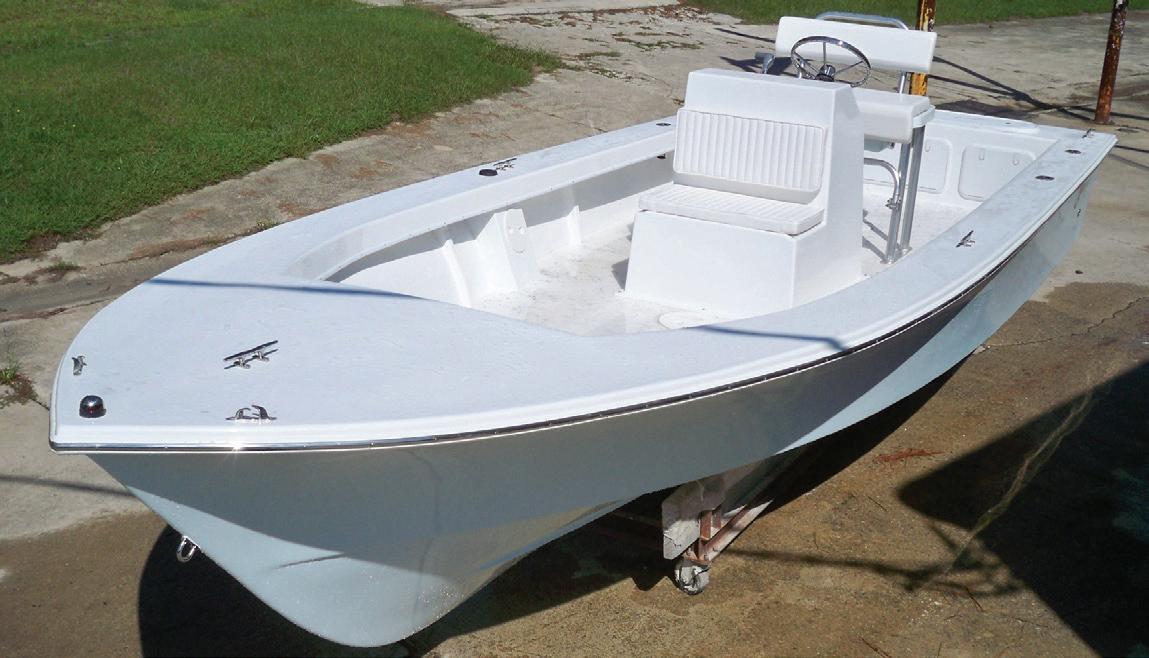
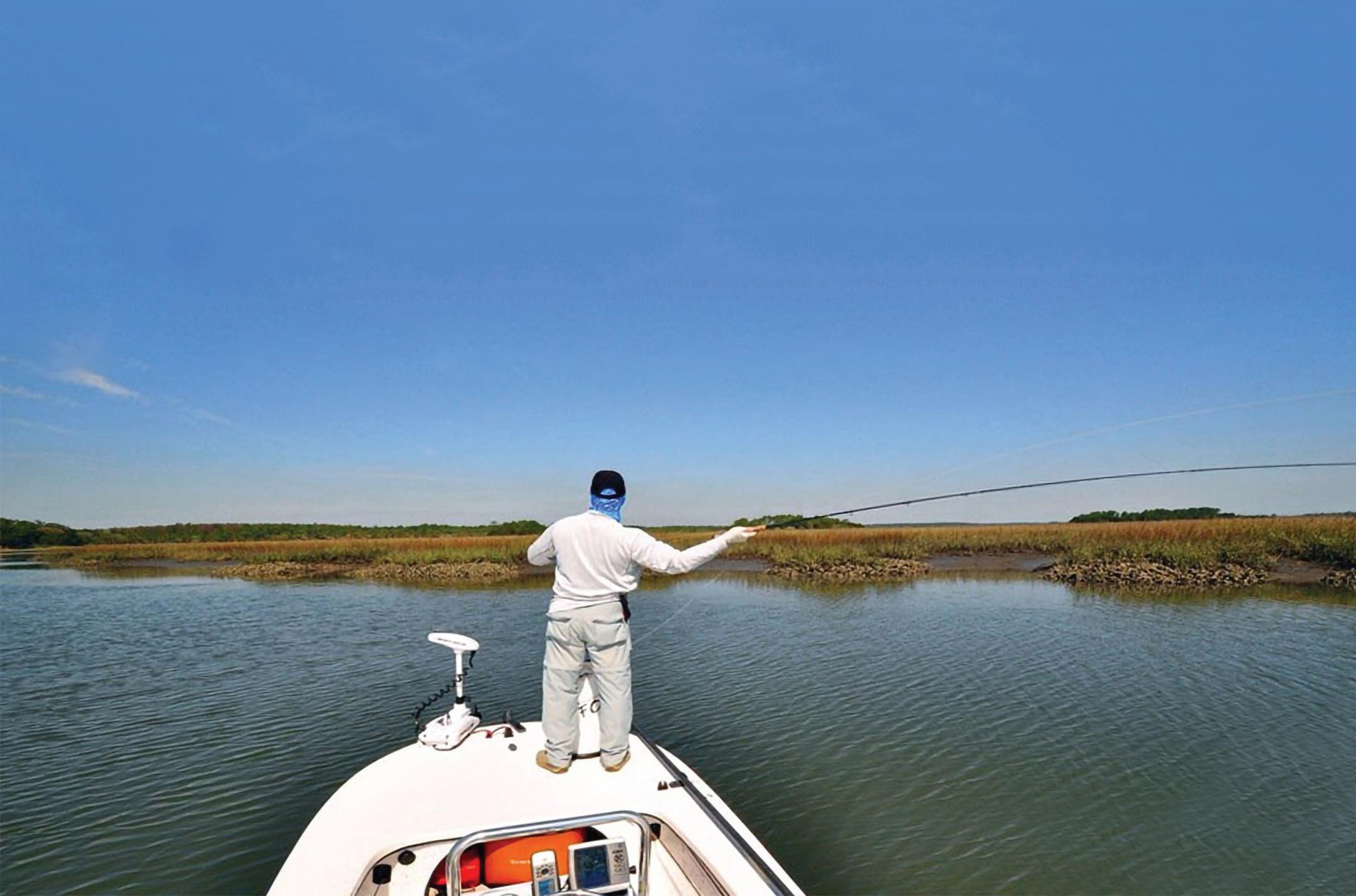
At its core, the C-Hawk 25cc is a hard-core workhorse with a 300 horsepower maximum that will take you anywhere you need to go. Its 9’6” beam allows it to foat in very skinny water with just a 12” draft, and it is also extremely stable, which should appeal for bottomfshing, diving and any other pursuit where a stable platform is preferred. Whatever you plan to do with it, all C-Hawk boats are built battleship tough to commercial-application standards. They are designed to withstand hard use for years of trouble-free boating, and you can customize your C-Hawk from the factory in any way that suits your purpose.
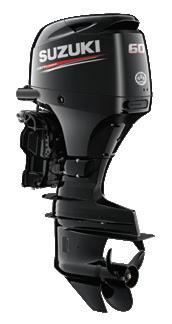
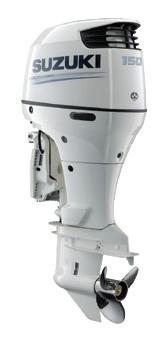

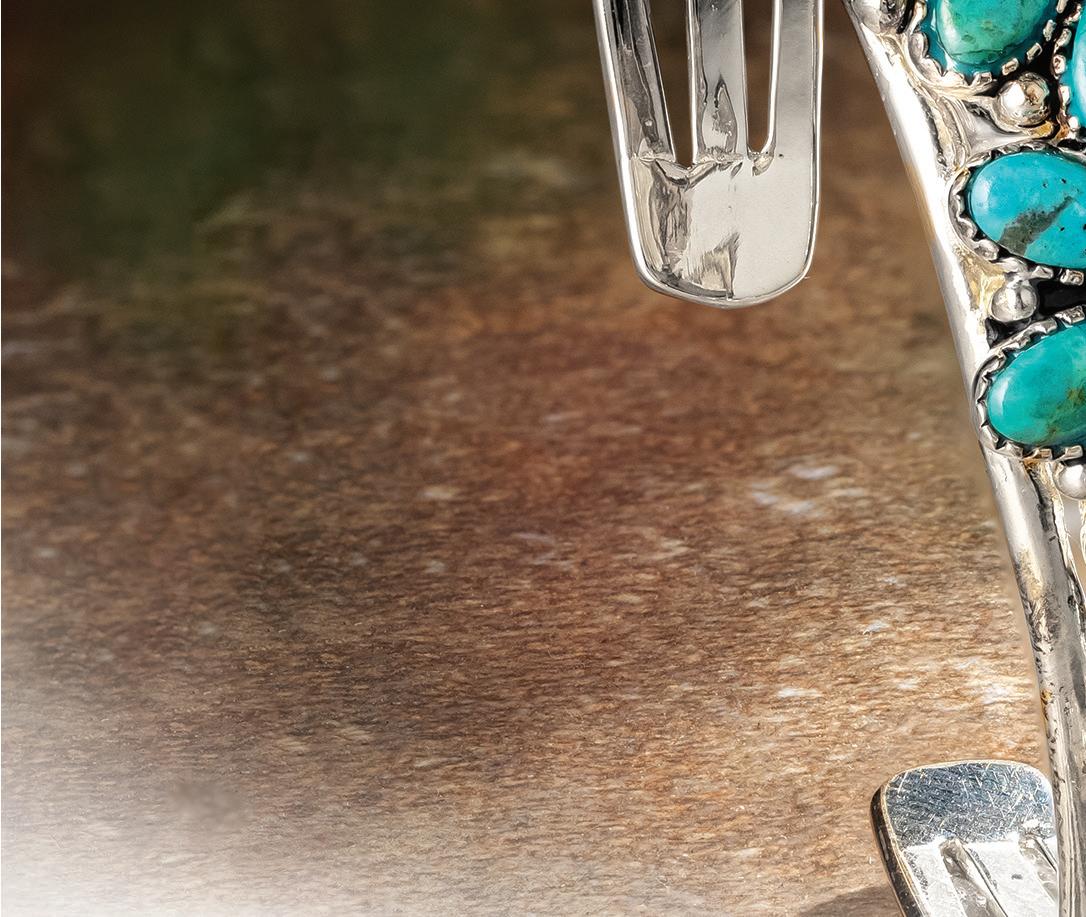
“We can mix and match consoles, fsh boxes, full transoms, cut transoms, bare hulls… you name it,” Grubbs said. “There are some recreational guys adding towers and sight fshing for cobia, and such. Everything we do is built around keep it simple, keep it effcient, keep it easy to maintain, keep it cost effective to own and operate. They are all unique… no cookie cutter trailer queens here. The 25 is a great example of what C-Hawk is.”


Old Pete was a retired stuntman bursting with stories. There was the time he stared down a grizzly bear. There was the time he won a competition and got to kiss a Hollywood starlet as the prize. And there was the time he got into a fistfight with the Duke. Many stories. Some were probably even true. I know two things for sure: that he had an excellent collection of turquoise and that he owed me for a poker game he lost. The last time I saw him, he opened a drawer and pulled out a collection of beautiful Navajo turquoise jewelry to repay his debt. Pete’s jewelry inspired our Tucson Sun Turquoise Collection. This jewelry set features turquoise that’s been gently enhanced to bring out its finest shades in a Southwestern motif. Finished with oxidized silver, this jewelry set captures the beauty and mystery of the Arizona desert. The rarest and most valuable turquoise is found right here in the American Southwest, but the future of the blue beauty is unclear. I recently spoke with turquoise traders who explained that less than 5% of turquoise mined worldwide can be set into jewelry. Once thriving, many Southwest mines have closed.
But Stauer saw this coming and is now one of the largest owners of gem-grade turquoise in the U.S. Don’t miss your chance to own the diamond of the desert. Act now. This is one of our fastest sellers, and we only have a limited supply of Arizona turquoise available for this ad. See why Stauer remains the best bang for your buck!

Jewelry Speci cations:
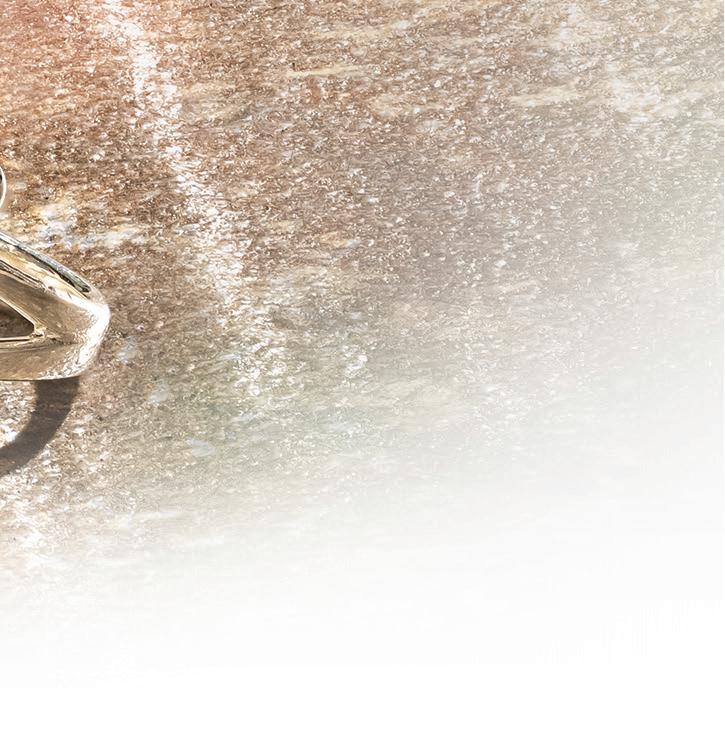

• Arizona turquoise. Oxidized silver finish. Ring: whole sizes 5-10. Pendant: 1 ¾" drop. Cuff: fits wrist to 7 ¼".


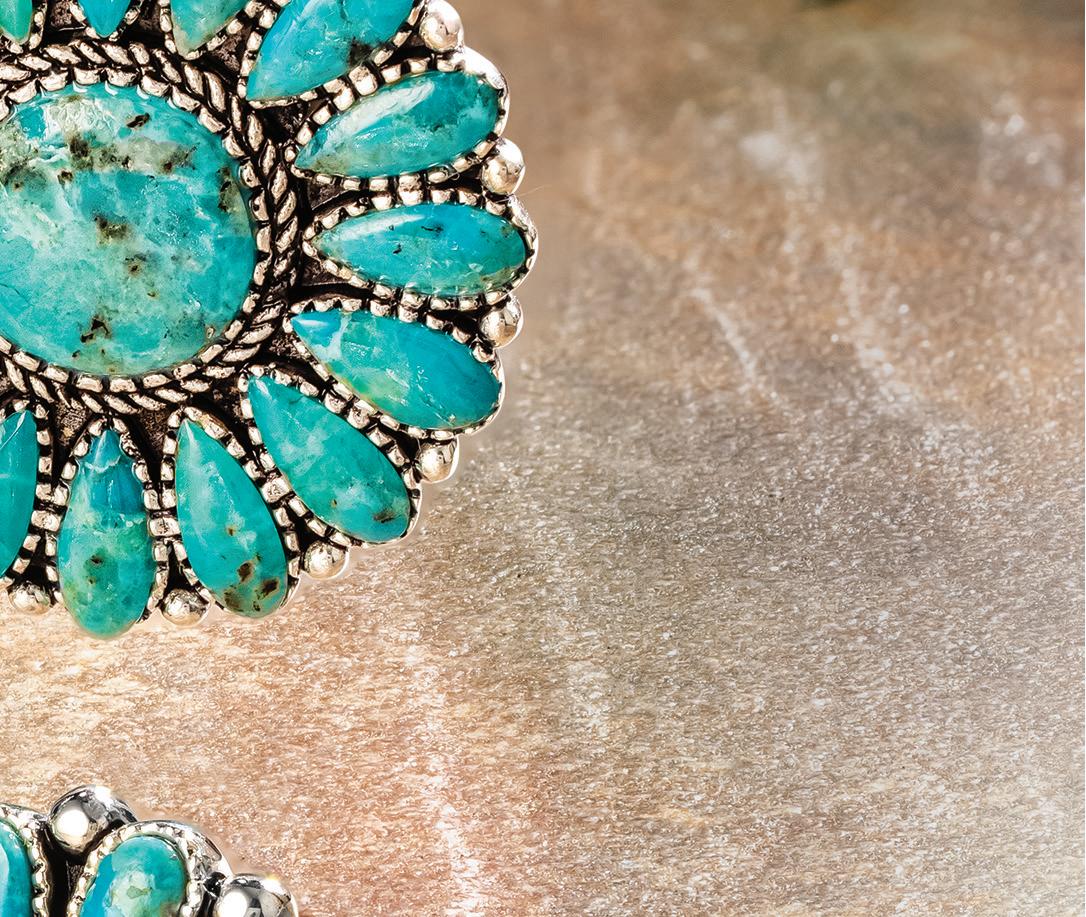
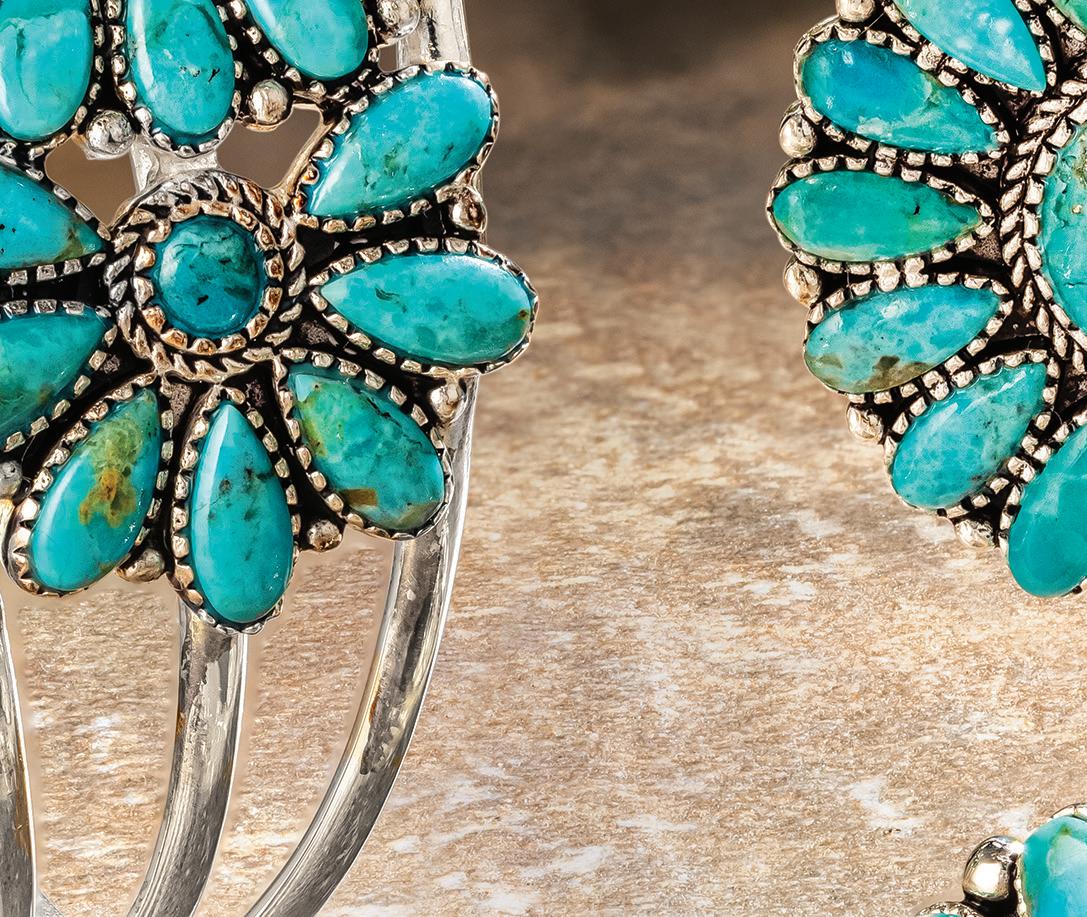

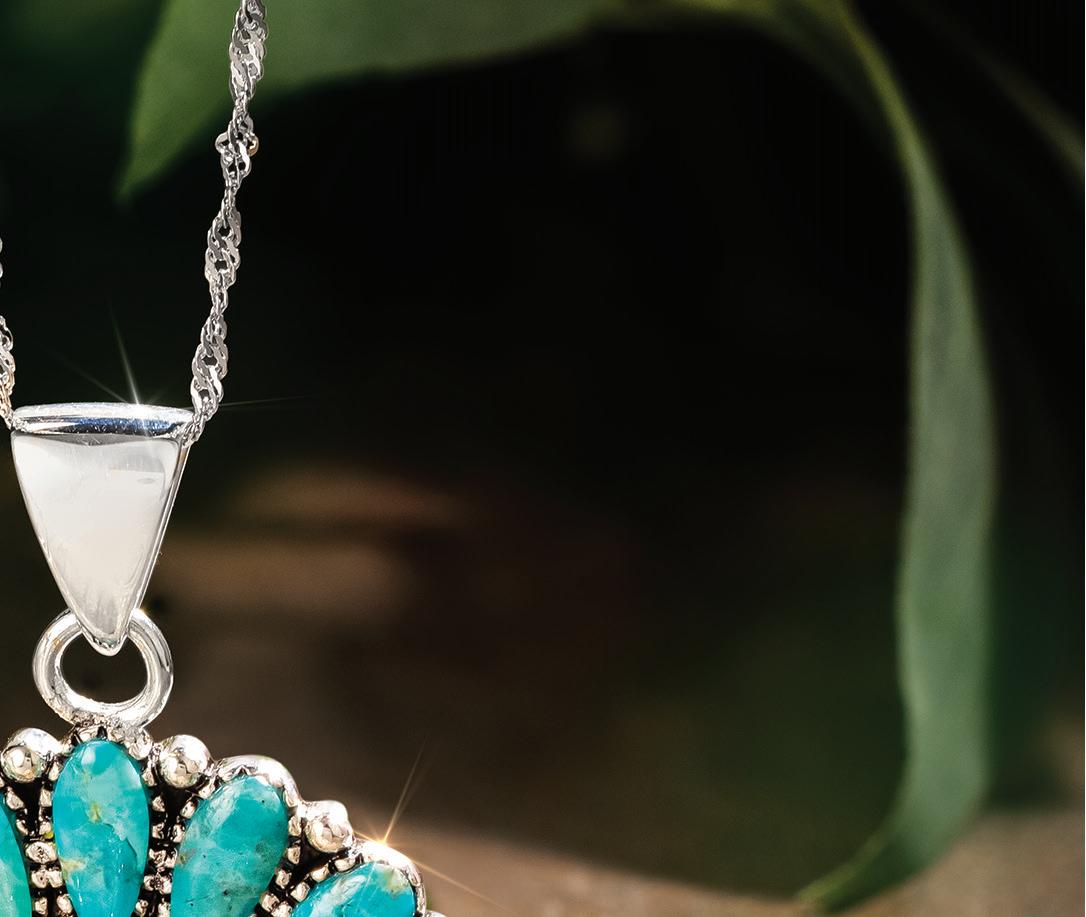
Stauer, 14101 Southcross Drive W., Ste 155, Dept. TSC130-01, Burnsville, MN 55337 www.stauer.com

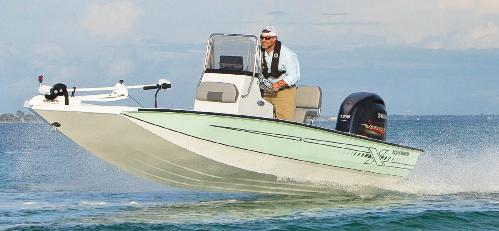
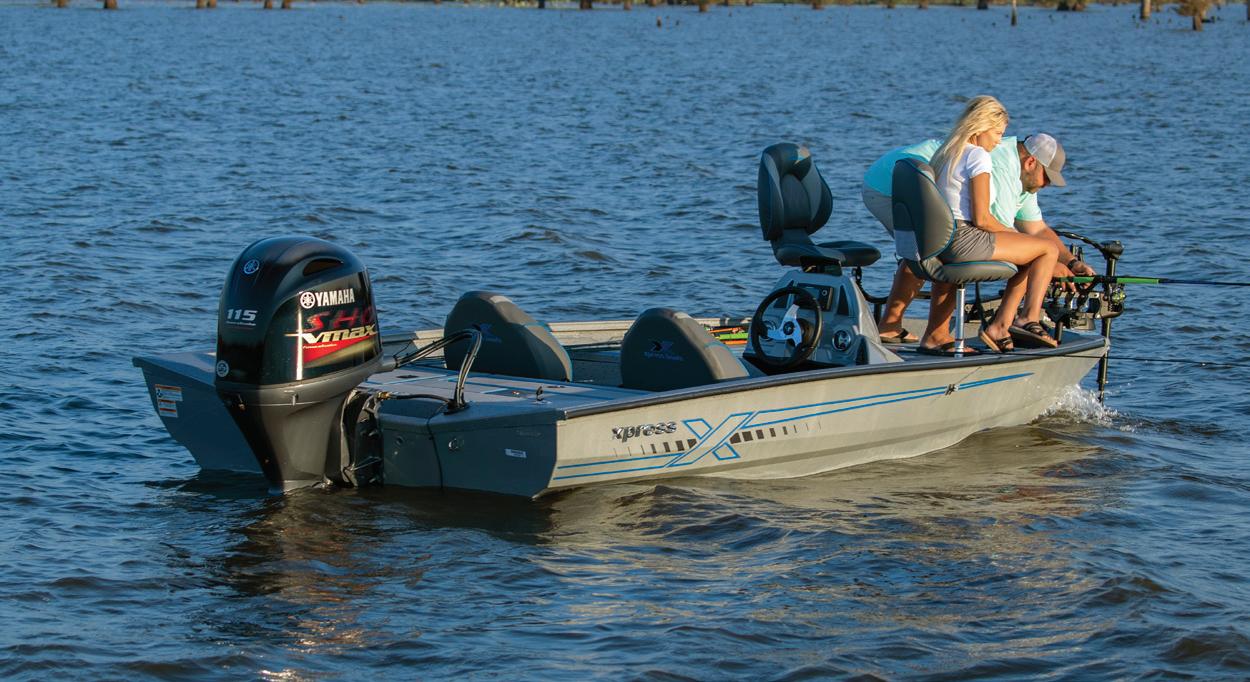
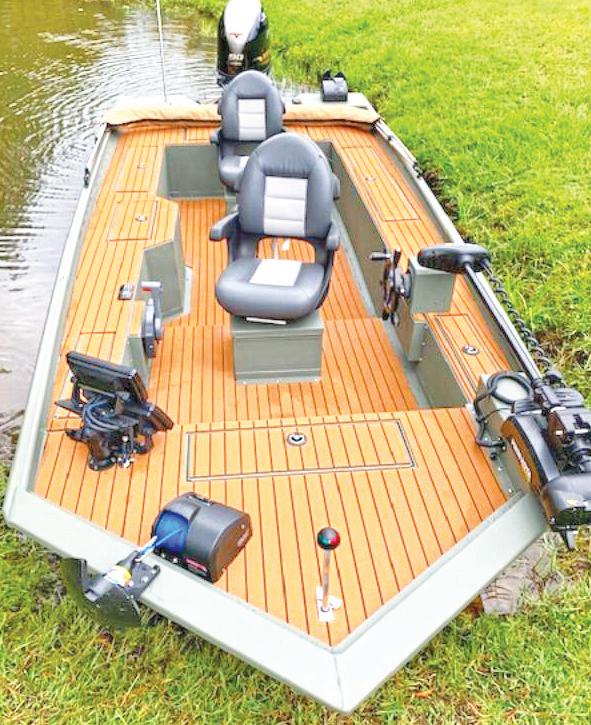



Introduced in the New Product Showcase at ICAST 2022, the all-new MHX HD Rod Rack is the ultimate shing rod storage system with space for up to 20 of your favorite rods.
Constructed from Marine Grade HDPE material, it will never rot, warp or damage your tackle. Assembled with stainless steel hardware, no environment is o limits. Whether used on the dock for a post-trip wash down or just to help organize your garage and tackle room, this rod rack is a solid piece of equipment designed for serious anglers.


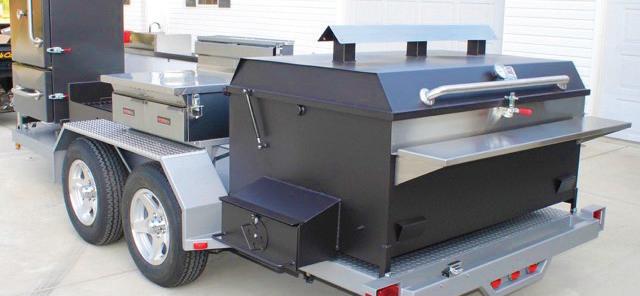
From y and light-tackle rods to heavy o shore rods, each rod’s ghting butt sits in CNC Milled recessed cups to add stability to all handle styles. e MHX HD Rod Rack has the size and the brawn to handle your full arsenal, indoors or outside. It even comes with four supports that lock in heavy duty bent butt o shore rods.

Measuring 26” x 16” x 8”, this heavy-duty, multi-purpose rod rack is easy to assemble and will nd a perfect place on your boat or dock, in the garage, or at the shop.
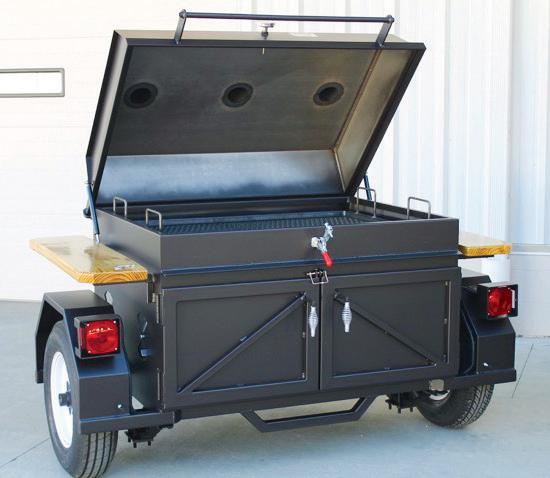

e MHX Rod Rack securely stores your rods, so they are ready at a moment’s notice. With an MSRP of only $229.95, you won’t nd a tougher, more versatile rod rack at such an amazing price. Shop for the MHX HD Rod Rack at mudhole.com today!
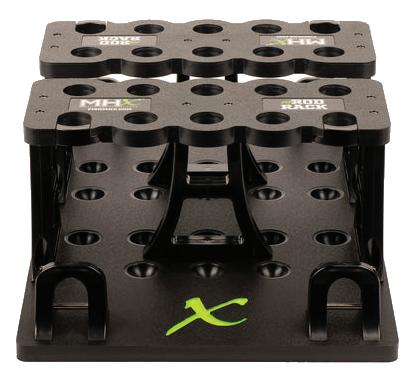



Berkeley County is a wonderland for outdoor enthusiasts, sports bu s, adventure seekers, and water lovers.



From exemplary fishing for striped bass, or a trophy largemouth bass, to our hiking trails and water activities, along with scenic outdoors where you can catch a glimpse of white tail deer and gators, Berkeley County has activities to fit all visitors and families.
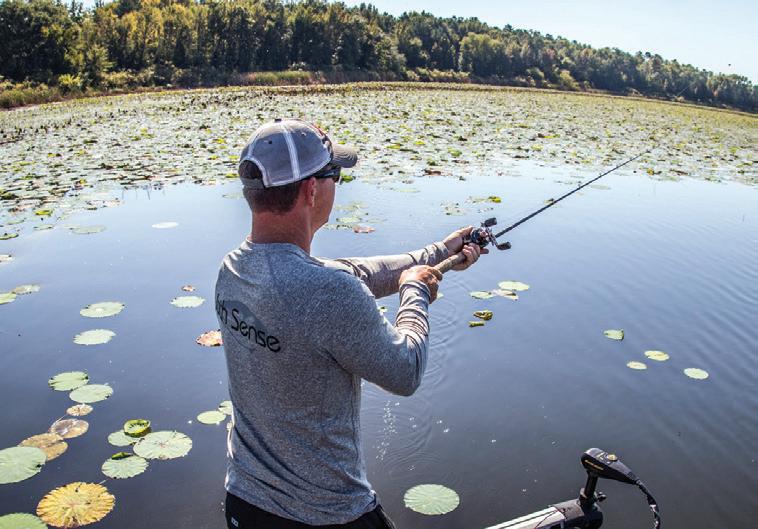
Learn more about Berkeley County at: exploreberkeleycounty.com

